iphone 8 vs 11 pro
Our Verdict
The iPhone 11 Pro is Apple's most powerful phone that come in a one-hand-friendly size. It has a triple-lens camera to capture best-in-class photos and video from a variety of perspectives, a new night mode to enhance low-light photography and extra battery life prowess. Even if the design hasn't changed, this is the camera and battery upgrade iPhone users have been after.
For
- Camera a real step forward
- Sizable battery upgrade
- New matte finish on back
Against
- Similar to iPhone XS visually
- Few non-camera upgrades
TechRadar Verdict
The iPhone 11 Pro is Apple's most powerful phone that come in a one-hand-friendly size. It has a triple-lens camera to capture best-in-class photos and video from a variety of perspectives, a new night mode to enhance low-light photography and extra battery life prowess. Even if the design hasn't changed, this is the camera and battery upgrade iPhone users have been after.
Pros
- + Camera a real step forward
- + Sizable battery upgrade
- + New matte finish on back
Cons
- - Similar to iPhone XS visually
- - Few non-camera upgrades
Two-minute review
The iPhone 11 Pro is Apple's latest iPhone that has people asking us "What's really changed?" It's a fair question because it looks very similar to last year's iPhone. But use the new cameras for a few minutes and both that question and inquisitive looks from doubters quickly fade.
Apple put a lot of effort into its triple-lens rear camera, offering a trio of 12MP lenses that shoot regular, telephoto, and brand new ultra-wide perspectives. Not having to back up to fit everything into the widened frame is a big perk. Also, all of our friends appreciate not having their heads cut off in portrait photos.
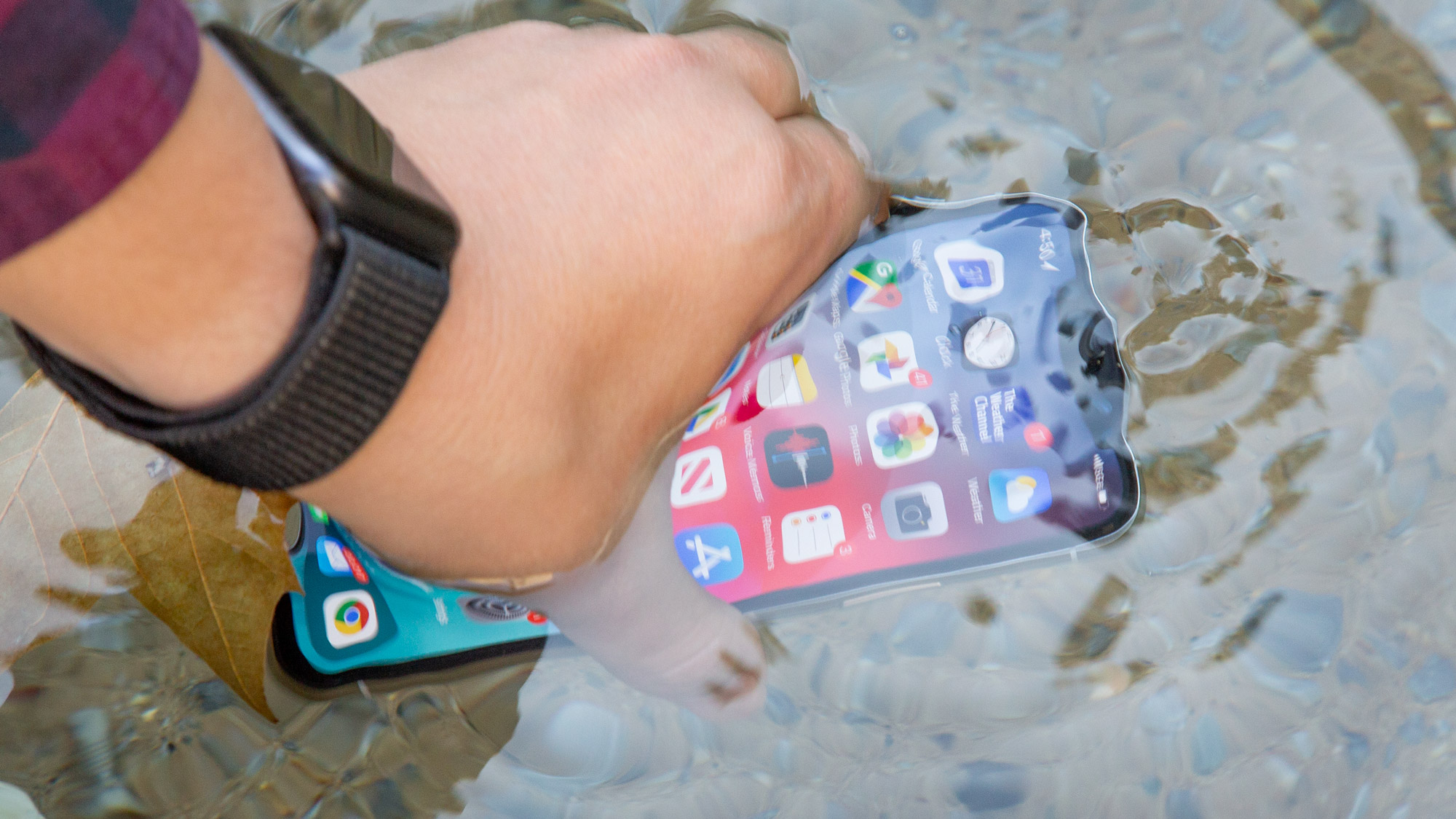
'Night Mode', meanwhile, addresses the single biggest complaint we've heard from iPhone users over the years: photos in dimly-lit bars and restaurants don't look very good – not next to their Android phone-touting friends. The shame!
Good news: the iPhone 11 Pro has the best low-light camera we've tested on a phone – any phone. Apple brightens with the best of them and its night mode is automatically applied, topping Samsung, Huawei and Google's interfaces.
Video looks and sounds best-in-class from the oversized rear cameras, yet we found the biggest year-over-year leap in the physically smaller 12MP front camera. It now records in 4K and shoots slo-mo video. Apple's 'Slofies' work best with long, flowing hair to whip back and forth, so we had to get creative in our tests.
So much of the iPhone 11 Pro is about the camera, but there's a bit more. We found battery life noticeably better than the iPhone XS – we've gone longer than a day with heavy use. You don't need the Pro Max for its battery prowess. Its matte finish back cover looks nicer and feels less slippery, though it won't wow as much if you immediately stick an iPhone 11 Pro case on it (which we do recommend).
The 5.8-inch iPhone 11 Pro is the one to get if you want the most advanced iPhone that's easy to use with one hand. It feels a lot smaller than the 6.5-inch iPhone 11 Pro Max and 6.1-inch iPhone 11. Don't be fooled by its size, though, it's pricier than the telephoto-and-OLED-lacking entry-level iPhone 11.
It doesn't look different from past iPhones on the front, so it may seem hard to justify the price. But if you've been waiting for better photos and video out of a new iPhone, this is it – and that's more important than a new look or 5G, at least in 2019.
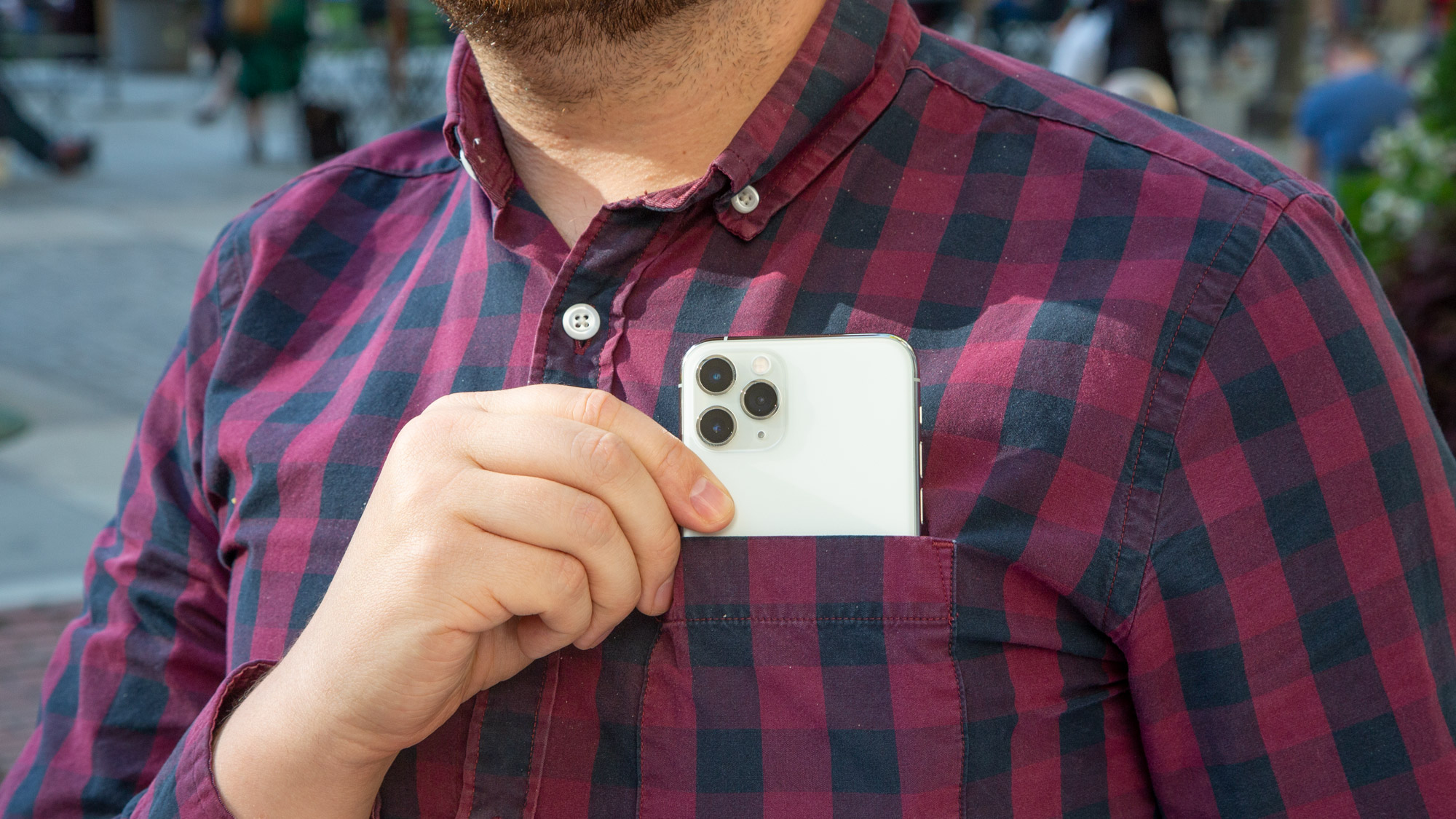
iPhone 11 Pro release date and price
- iPhone 11 Pro release date was September 20, 2019
- iPhone 11 Pro price started at R22,499
The iPhone 11 Pro was announced on September 12 2019 and the official release date was later that month on September 20. It sells for Pro-level pricing, although in most regions,.
The iPhone 11 Pro 64 GB is R22,499, the 256 GB is R26,499 and 512 GB at R30,999.
You can also find slightly cheaper options through certain retailers and networks.
You'll also get Apple TV Plus for a year when you buy the new handset.
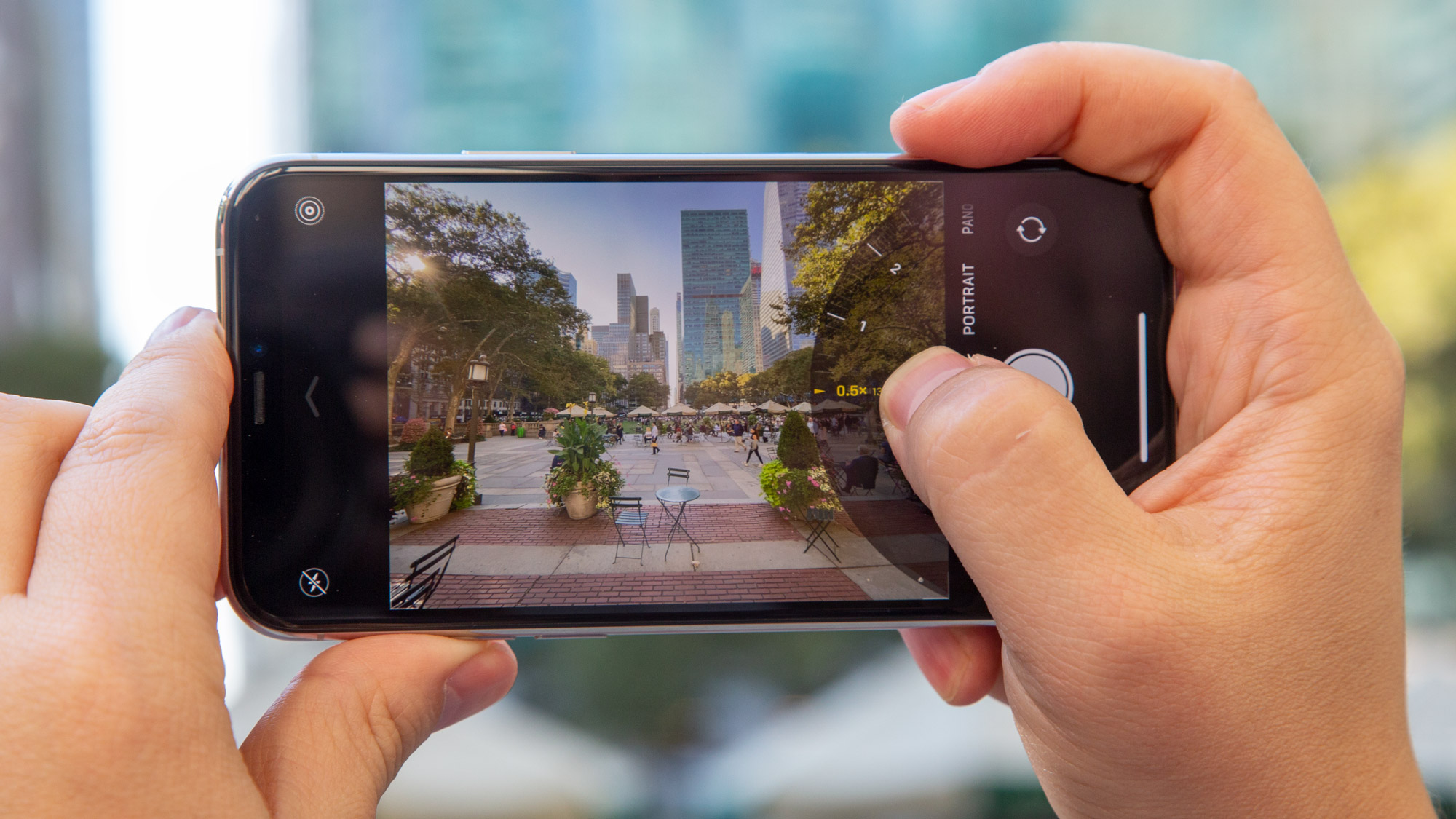
Triple-lens camera versatility
Welcome to what's basically the iPhone 11 Pro camera review – we're going to talk a lot about the four cameras and show you plenty of photos from each lens.
Its rear camera trifecta offers wide, 2x optically zoomed and all-encompassing ultra-wide perspectives, the latter being a first for the iPhone. We found the iPhone 11 Pro cameras tout incredible versatility – even in our own daily tech reporter lives.
We were able to zoom in on Apple CEO Tim Cook and the first iPhone 11 customer at the 5th Avenue store re-opening in New York City with the telephoto lens, and then immediately punch out to take in the surrounding celebratory crowd.
Image 1 of 5
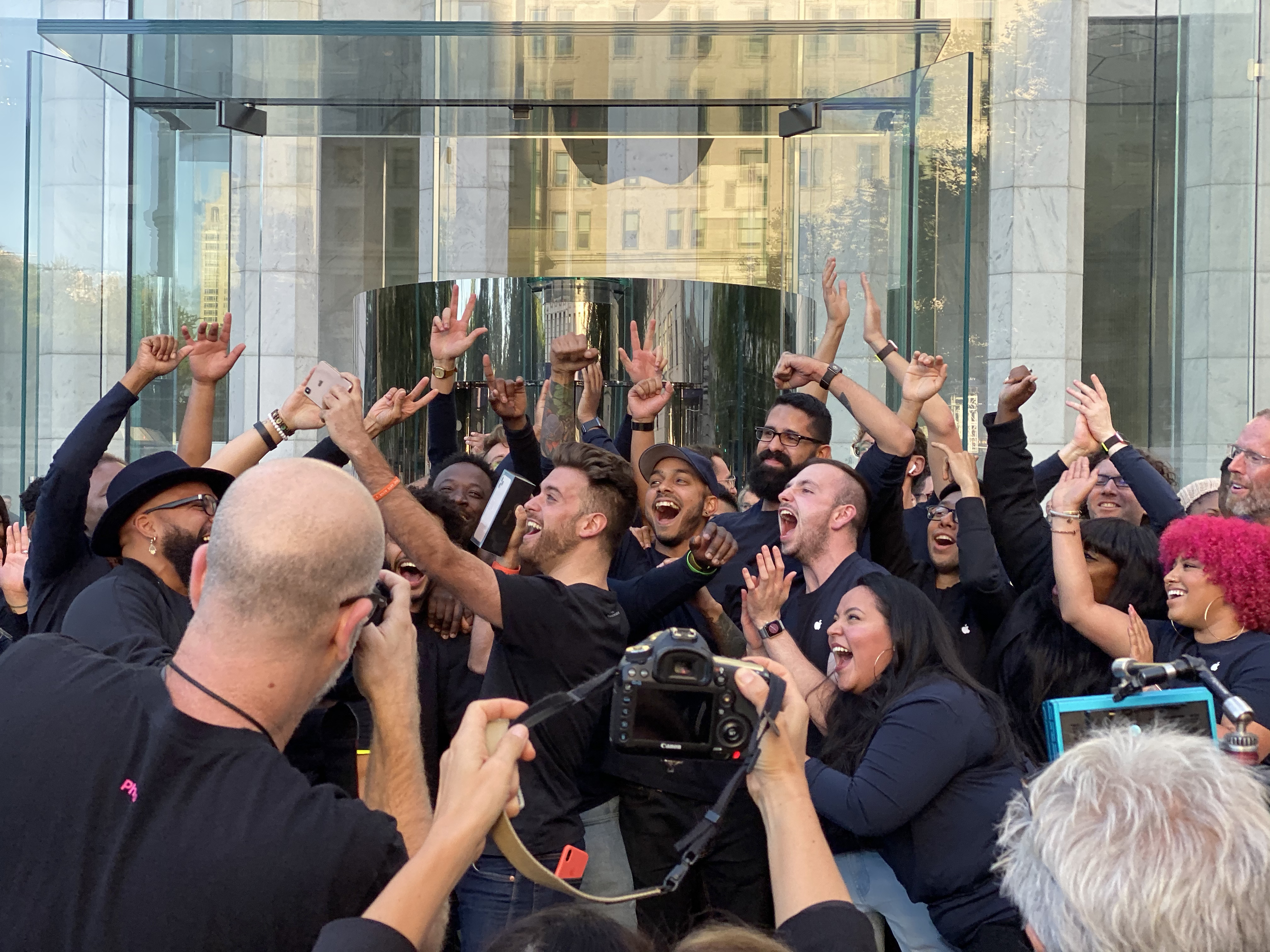
Image 2 of 5
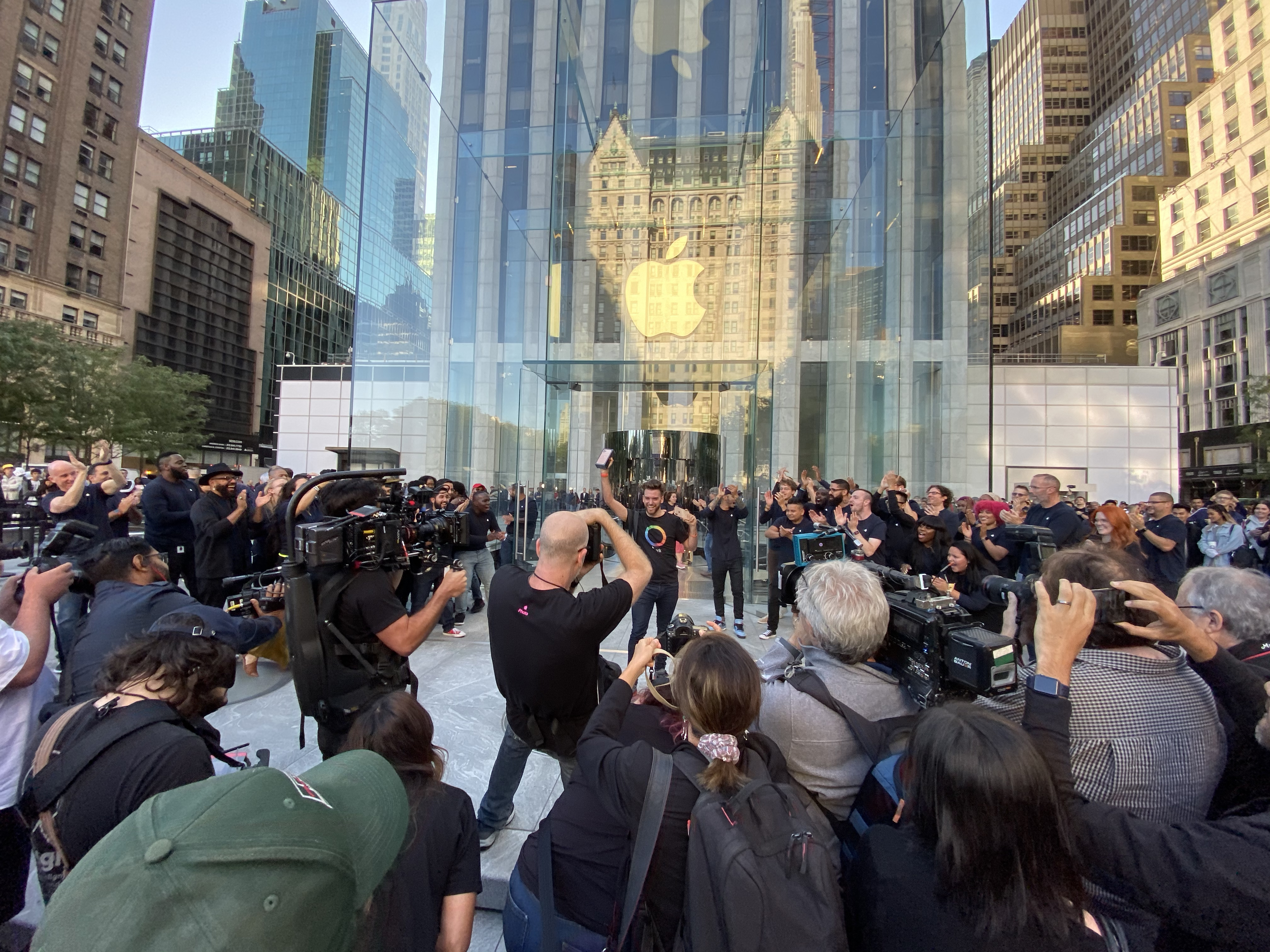
Image 3 of 5
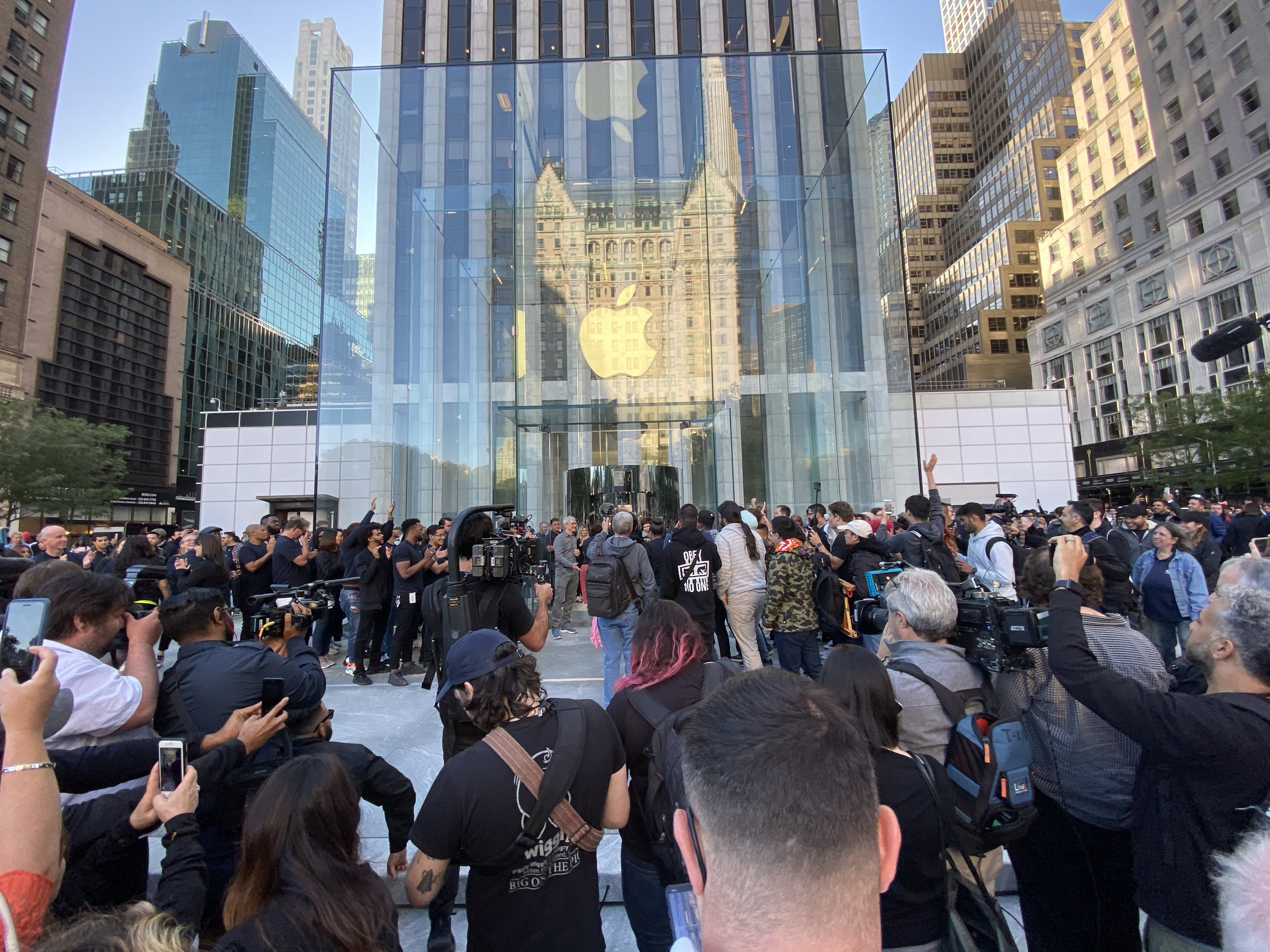
Image 4 of 5
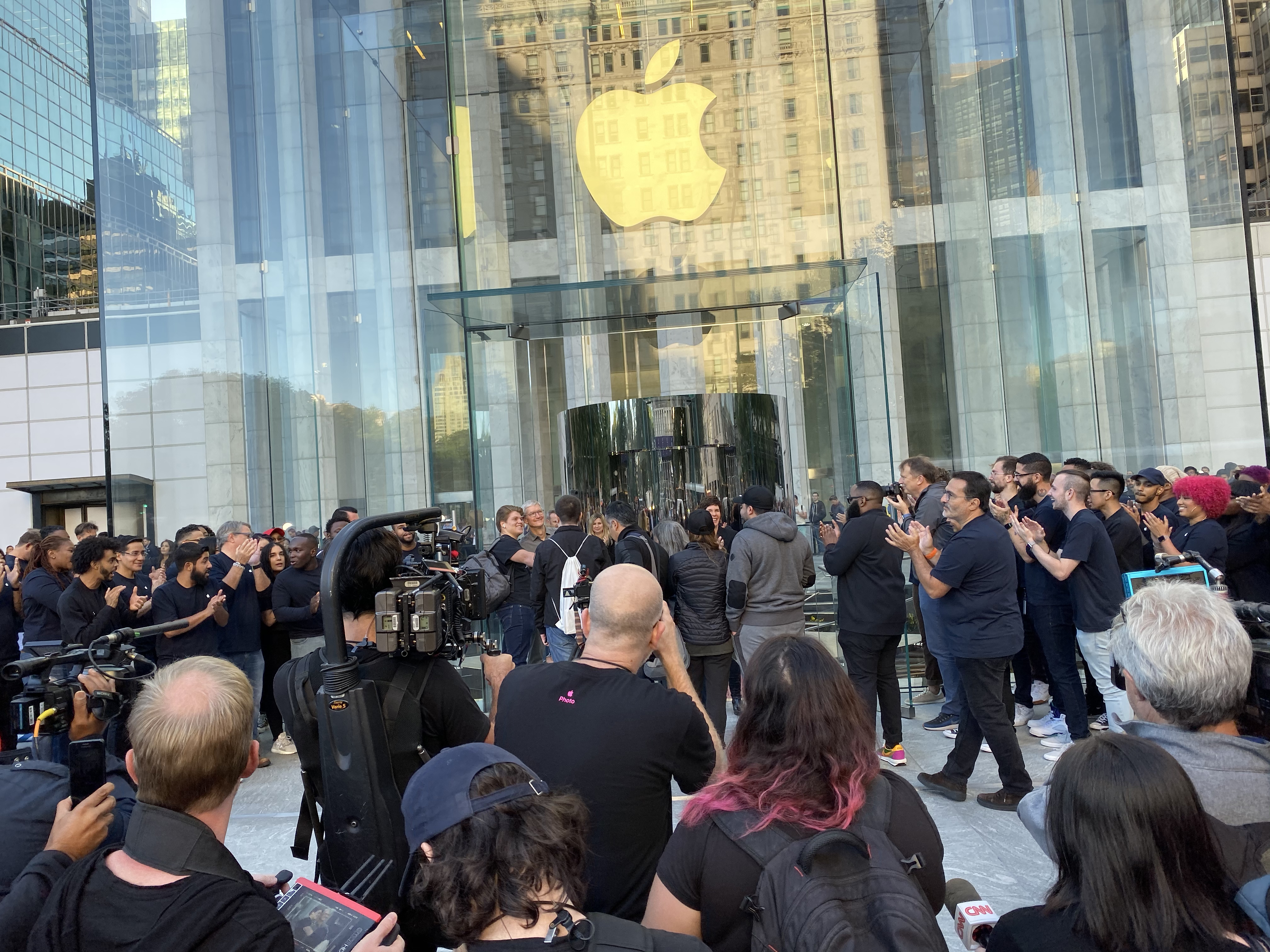
Image 5 of 5
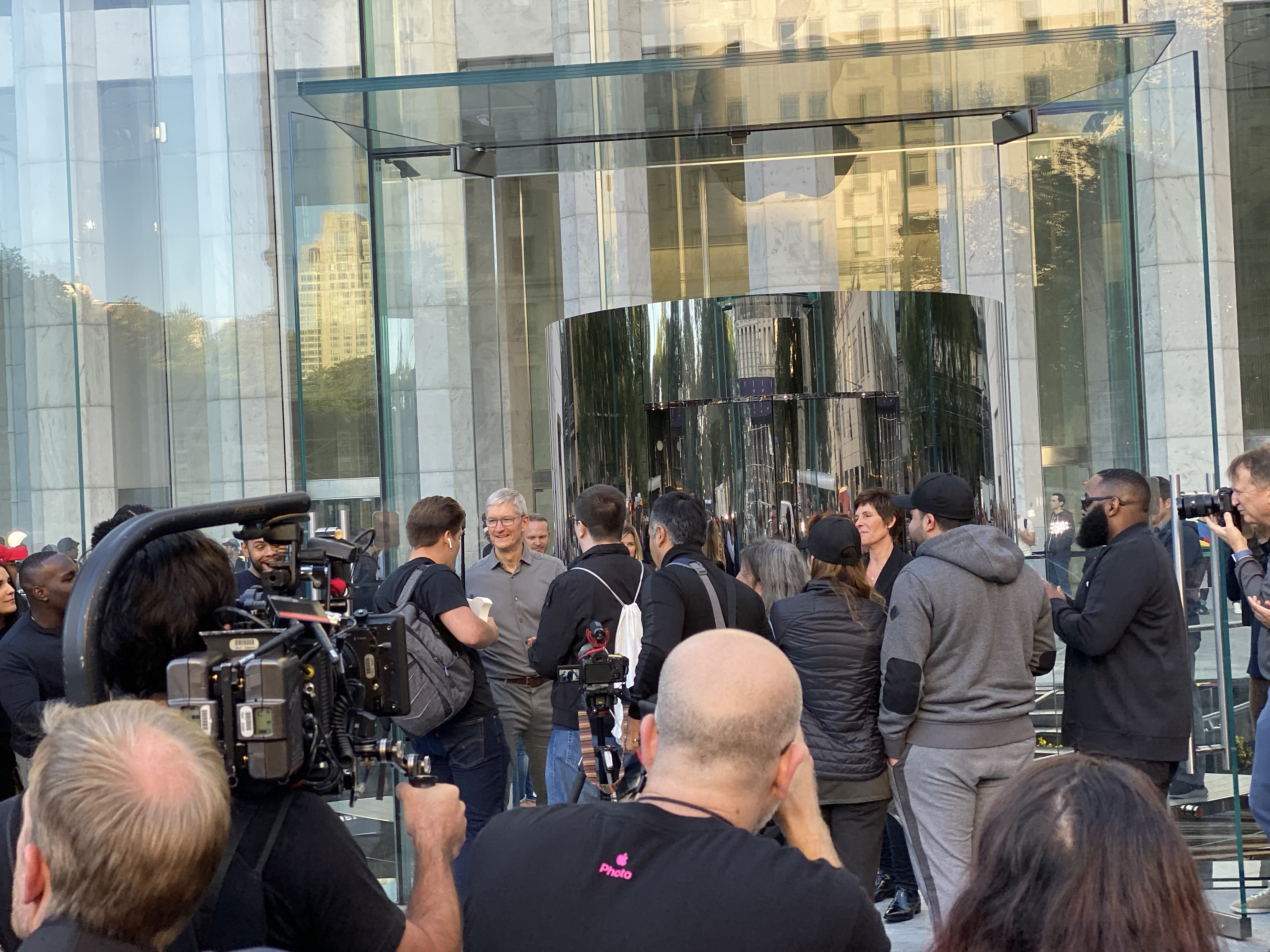
We took three very different photos without moving, all while our mirrorless camera remained in our backpack the entire day – along with three different bulky lenses that would've needed to be manually changed to get the same shots. Nowadays, the best camera is the one that's with you... and doesn't require manual lens swapping.
We found better HDR and definition to what's normally lost in shadow or blown out with bright light. This applies to portrait mode, too; we observed brighter, sharper subjects. Photos remains realistic with warmer tones, not the cooler, saturated look of most Android phones that come primed for Instagram with punchy colors.
Image 1 of 25
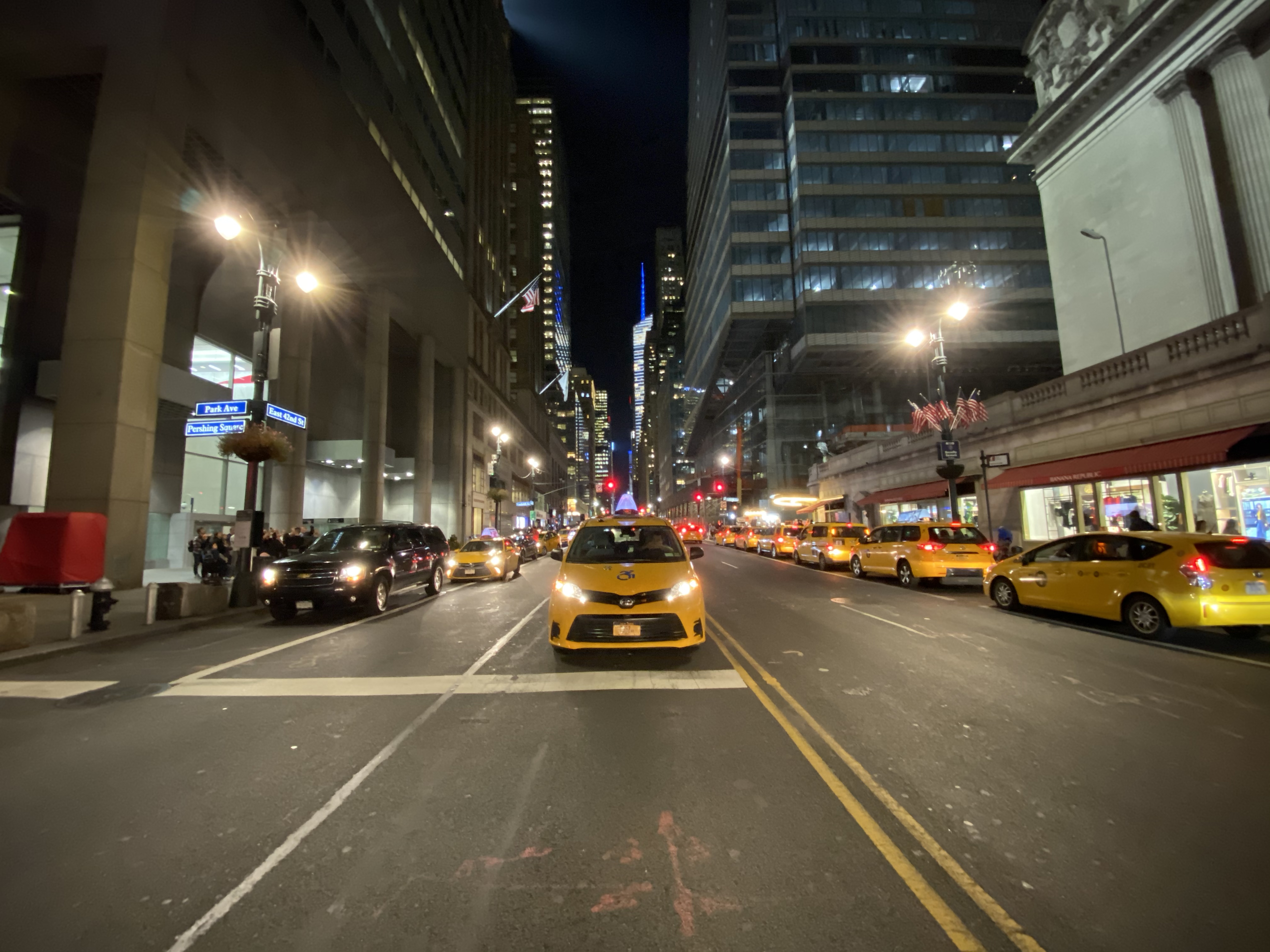
iPhone 11 Pro ultra-wide lens
Image 2 of 25

iPhone 11 Pro regular lens
Image 3 of 25
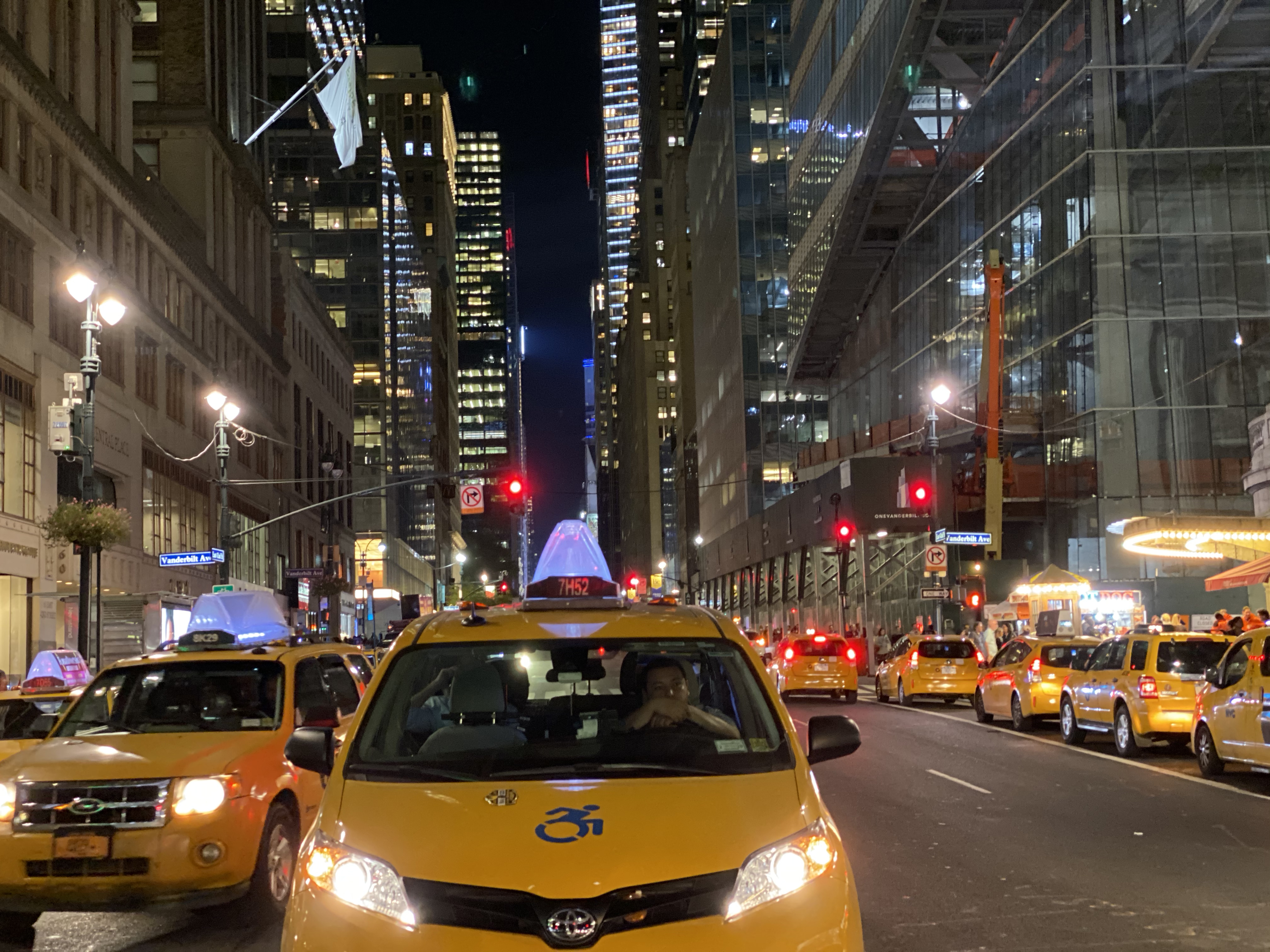
iPhone 11 Pro telephoto lens
Image 4 of 25
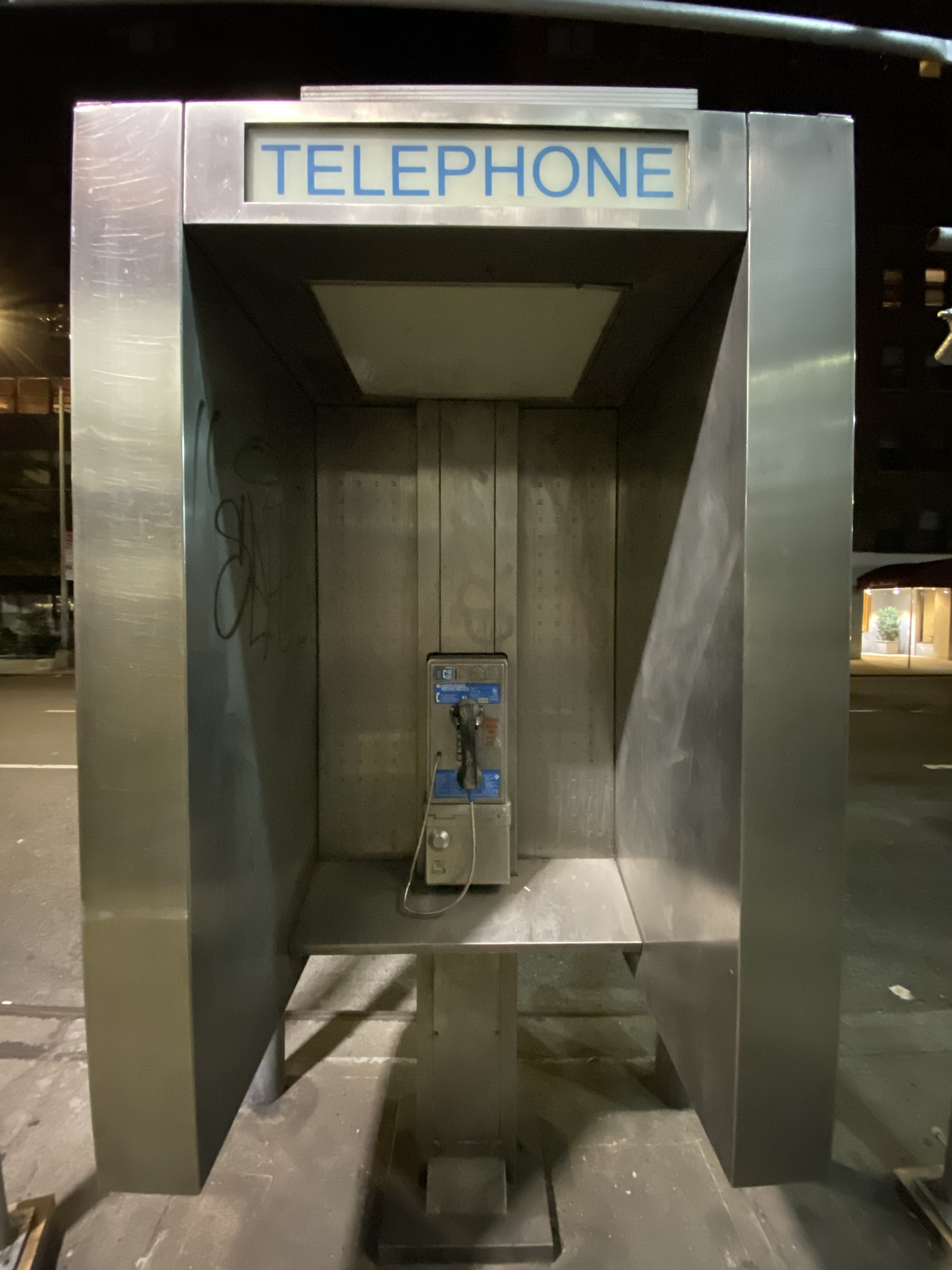
iPhone 11 Pro ultra-wide lens
Image 5 of 25
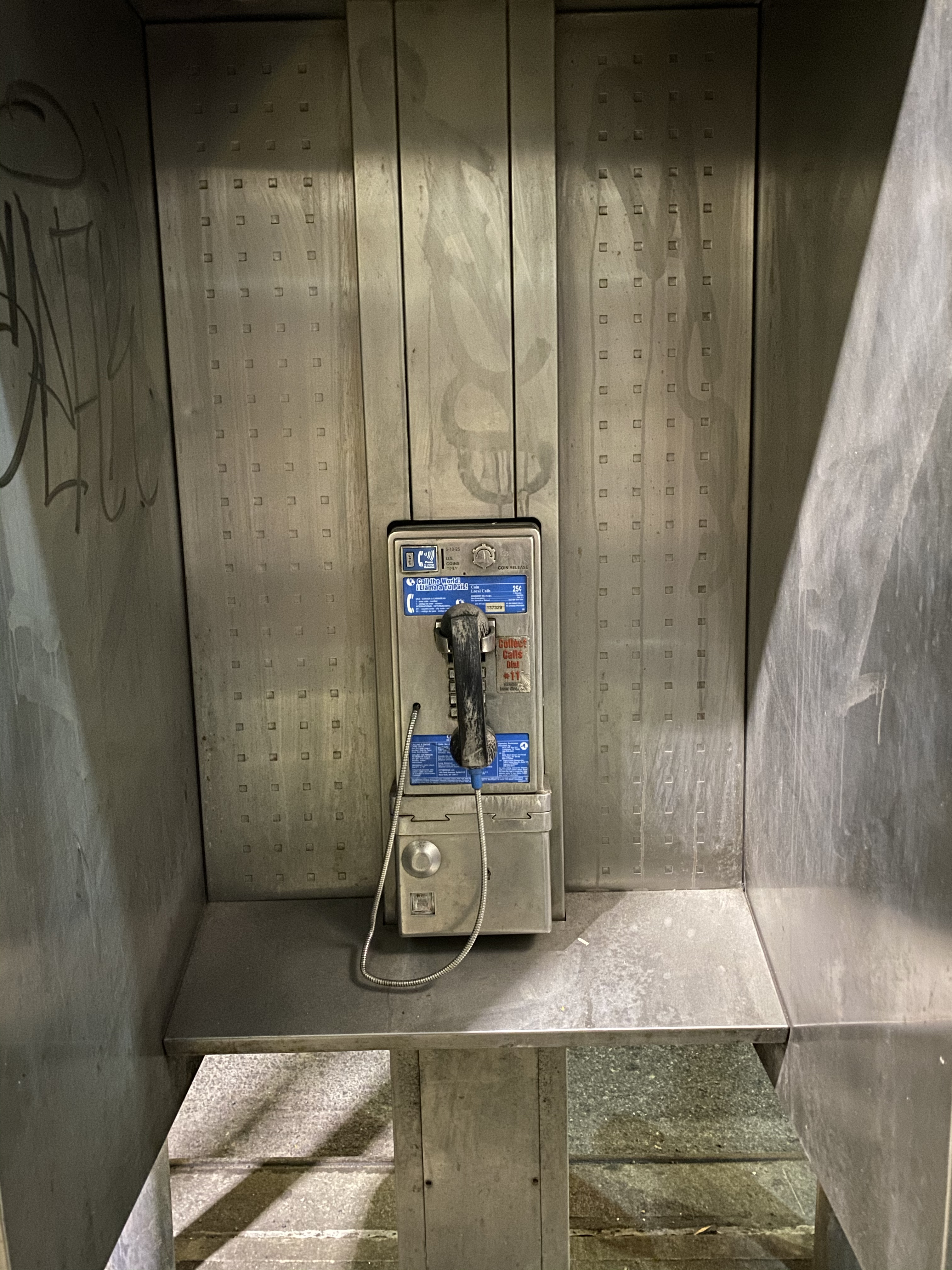
iPhone 11 Pro regular lens (with night mode enabled)
Image 6 of 25
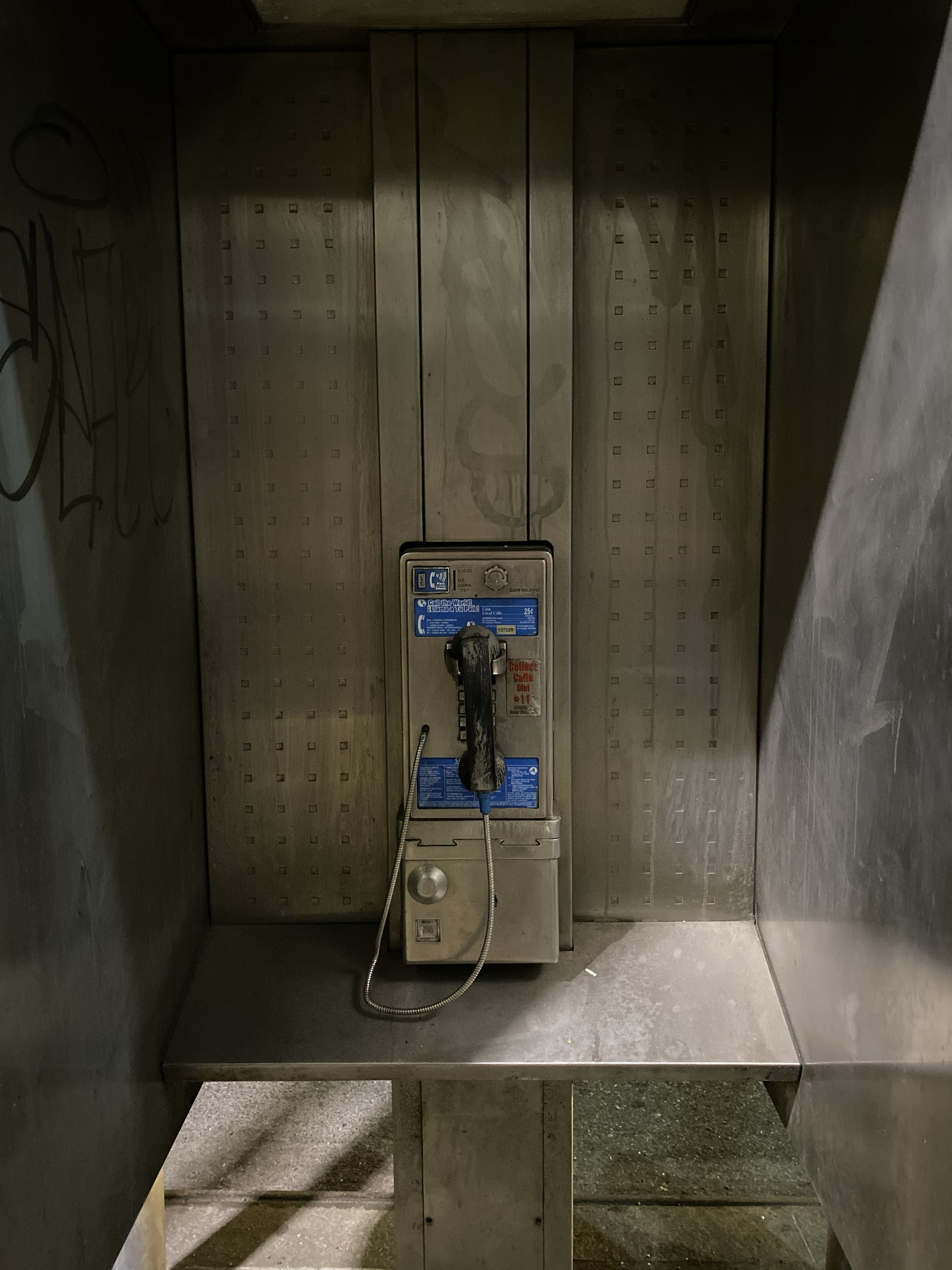
iPhone 11 Pro regular lens (without night mode enabled)
Image 7 of 25
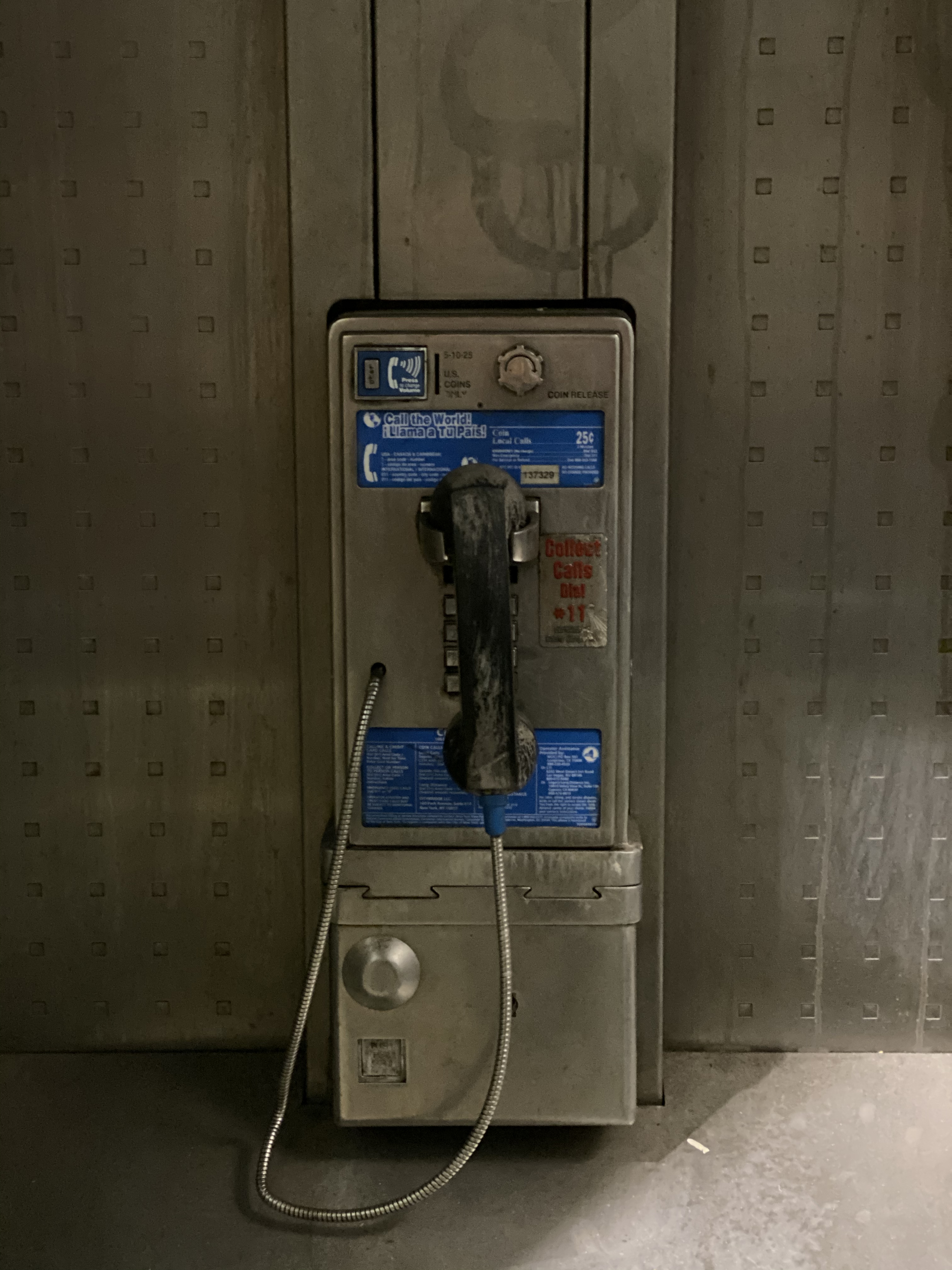
iPhone 11 Pro telephoto lens
Image 8 of 25
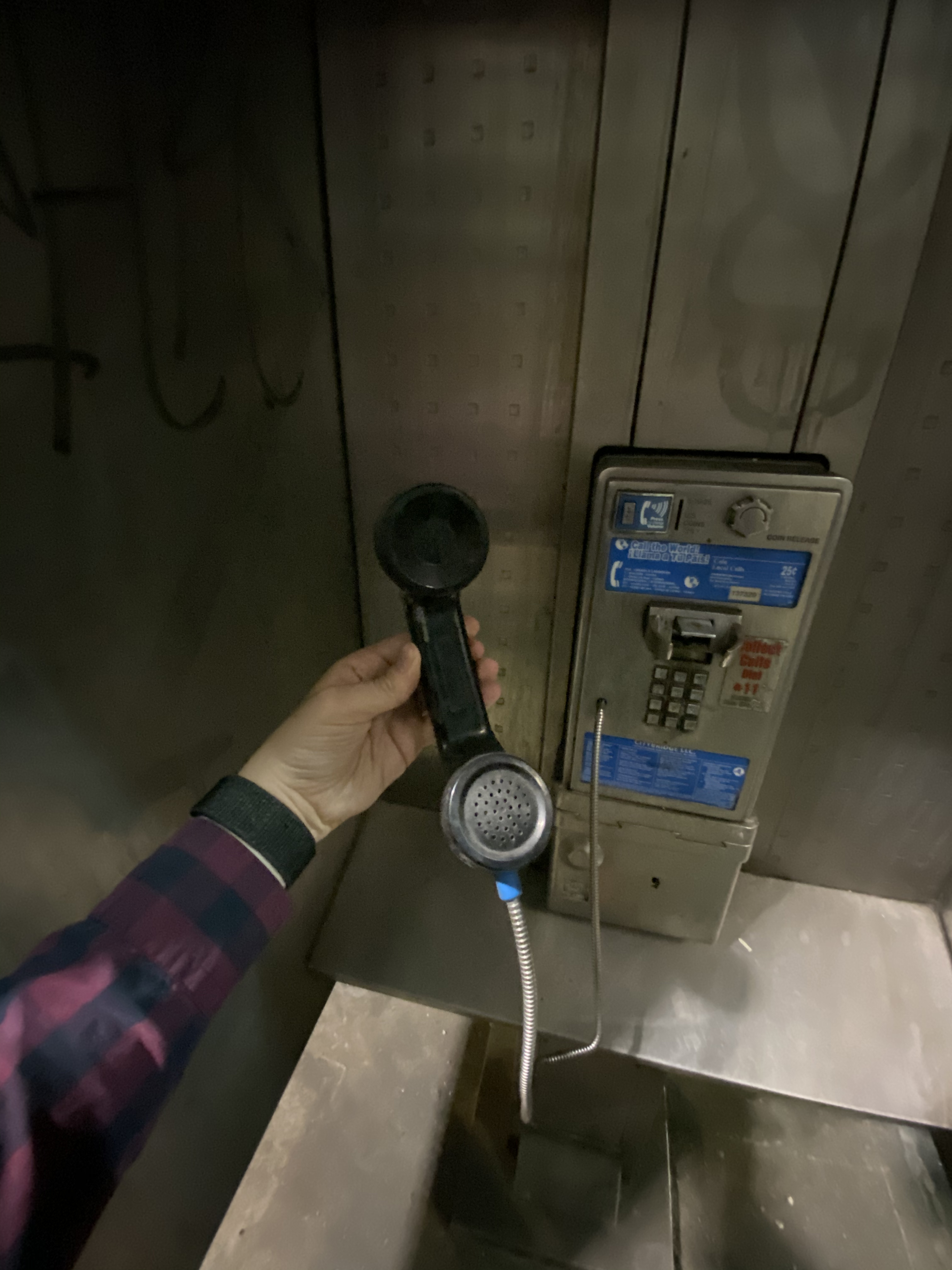
iPhone 11 Pro ultra-wide lens
Not to self: wash hands before touching iPhone 11 Pro with right hand
Image 9 of 25
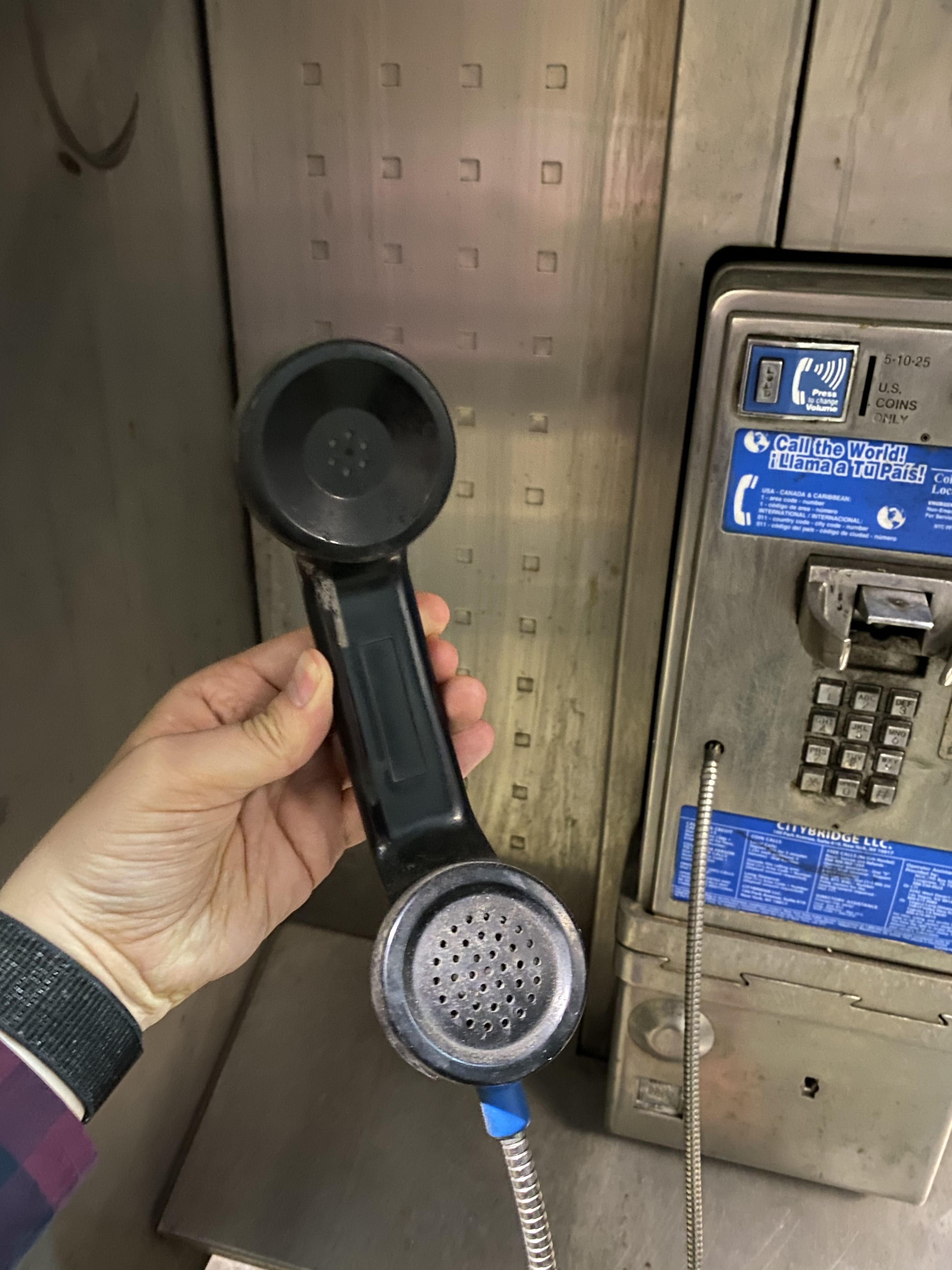
iPhone 11 Pro regular lens (with night mode enabled)
Image 10 of 25
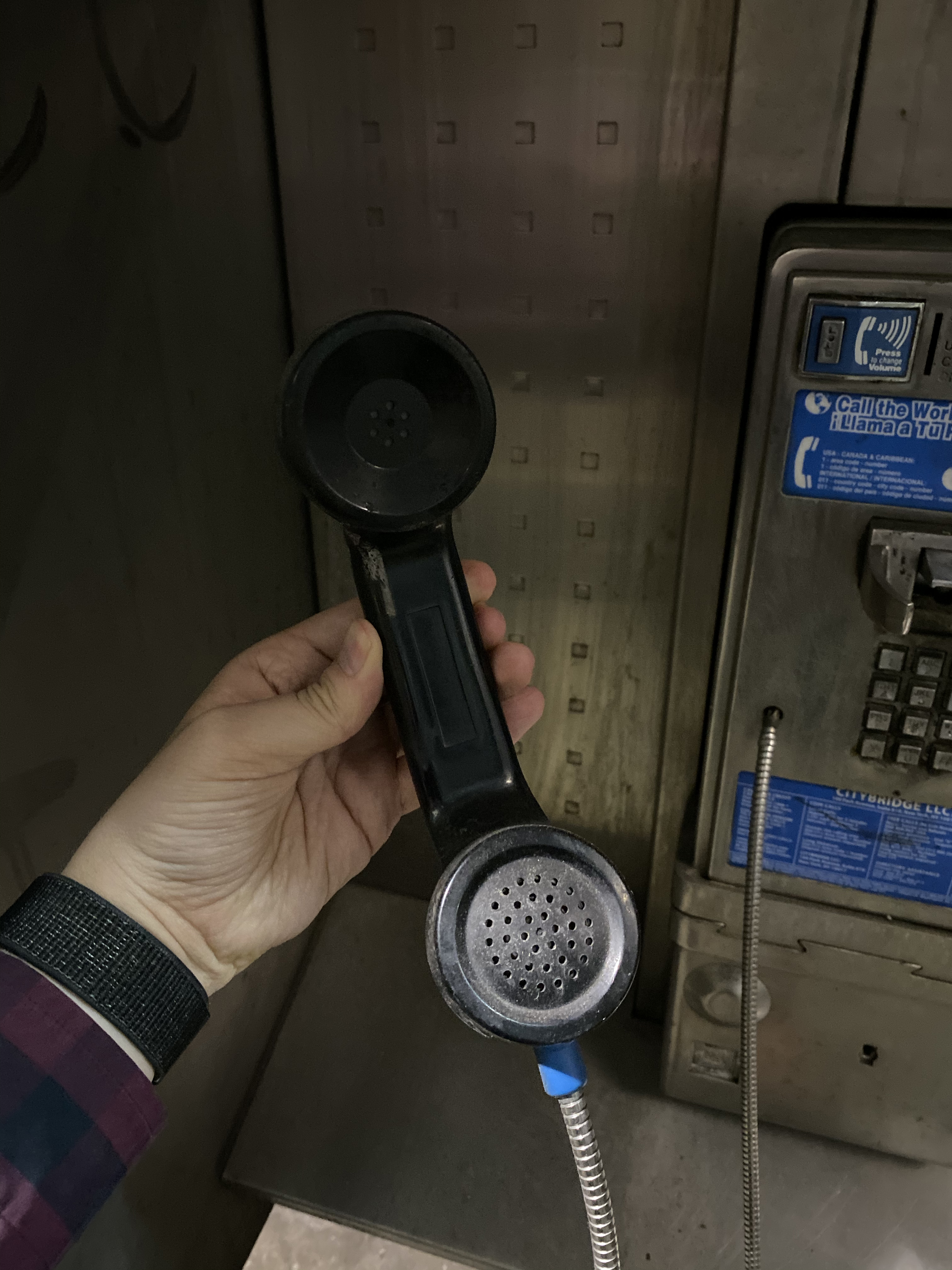
iPhone 11 Pro regular-wide lens (without night mode enabled)
Image 11 of 25
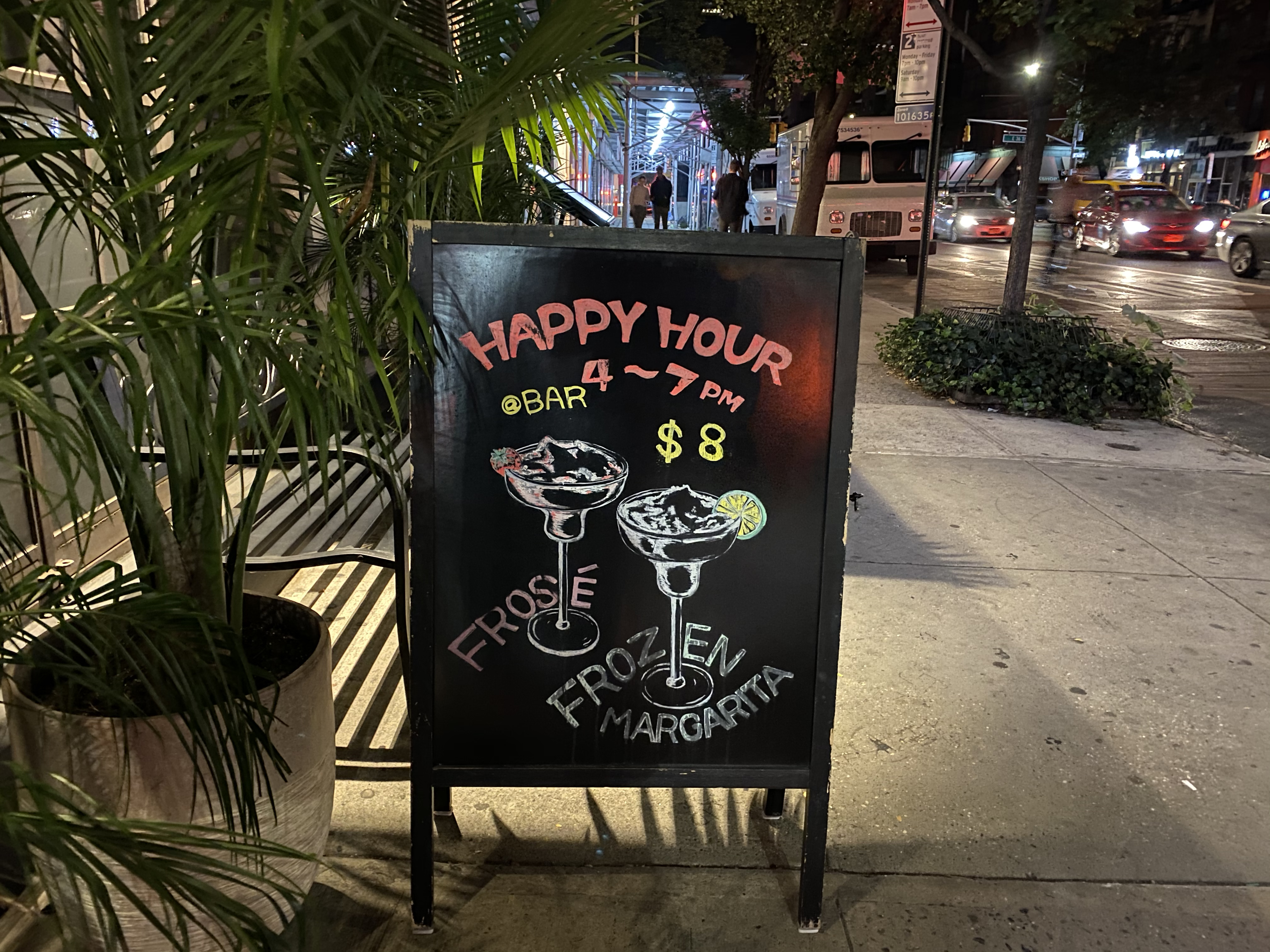
iPhone 11 Pro regular lens (with night mode enabled)
Image 12 of 25

iPhone 11 Pro regular lens (without night mode enabled)
Image 13 of 25
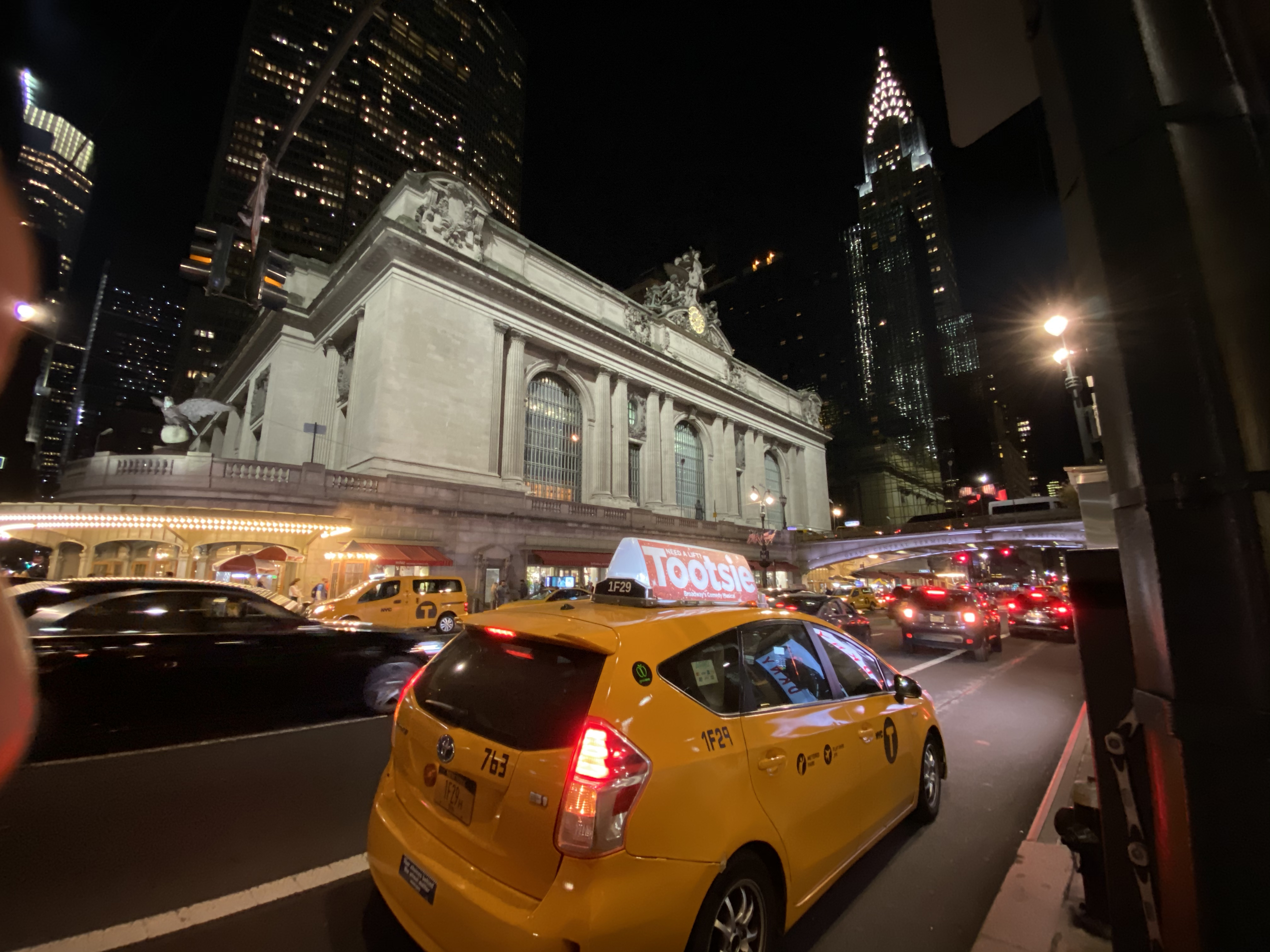
iPhone 11 Pro telephoto lens
Image 14 of 25

iPhone 11 Pro regular lens
Image 15 of 25
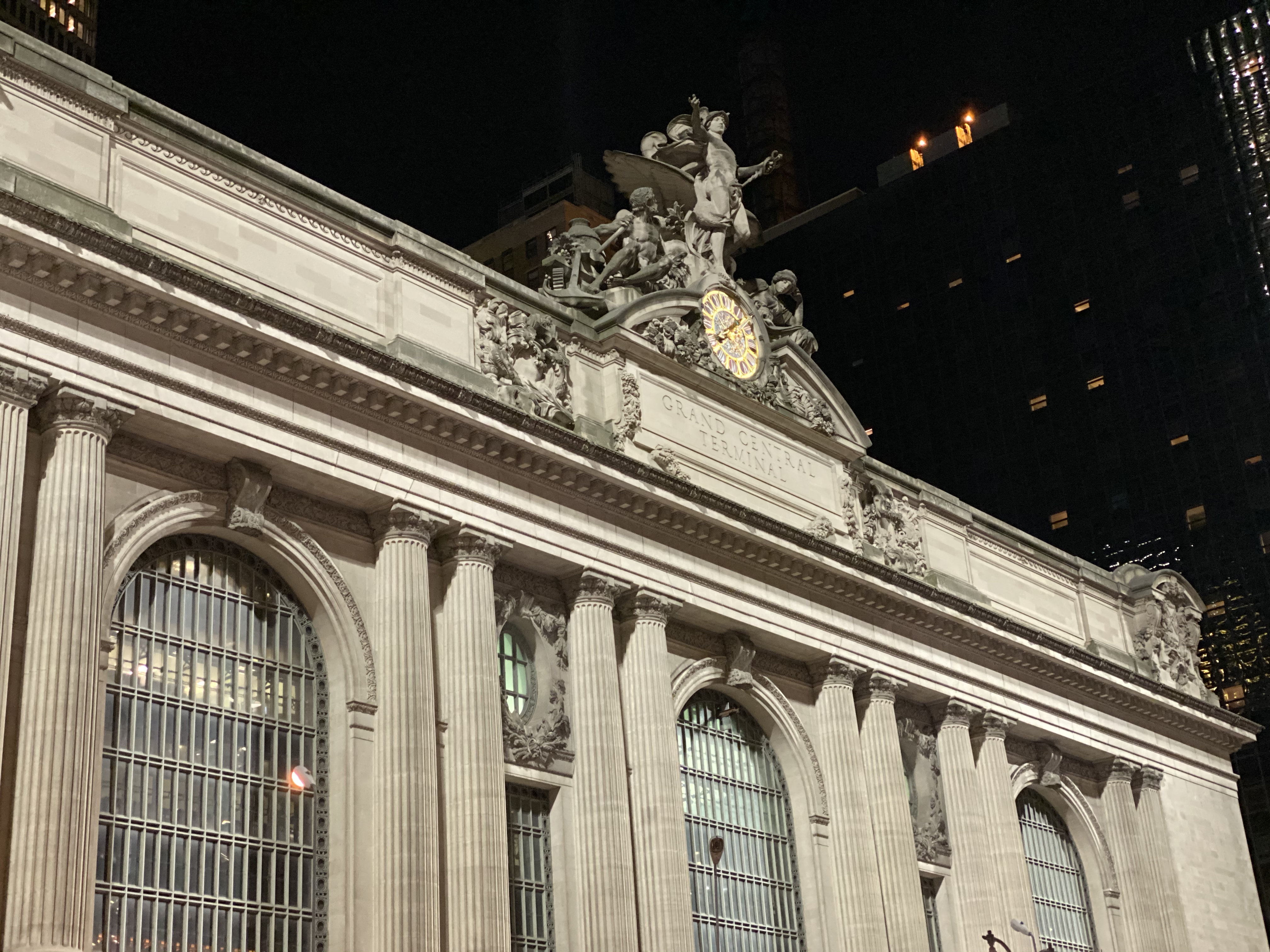
iPhone 11 Pro telephoto lens
Image 16 of 25

iPhone 11 Pro ultra-wide lens
Image 17 of 25
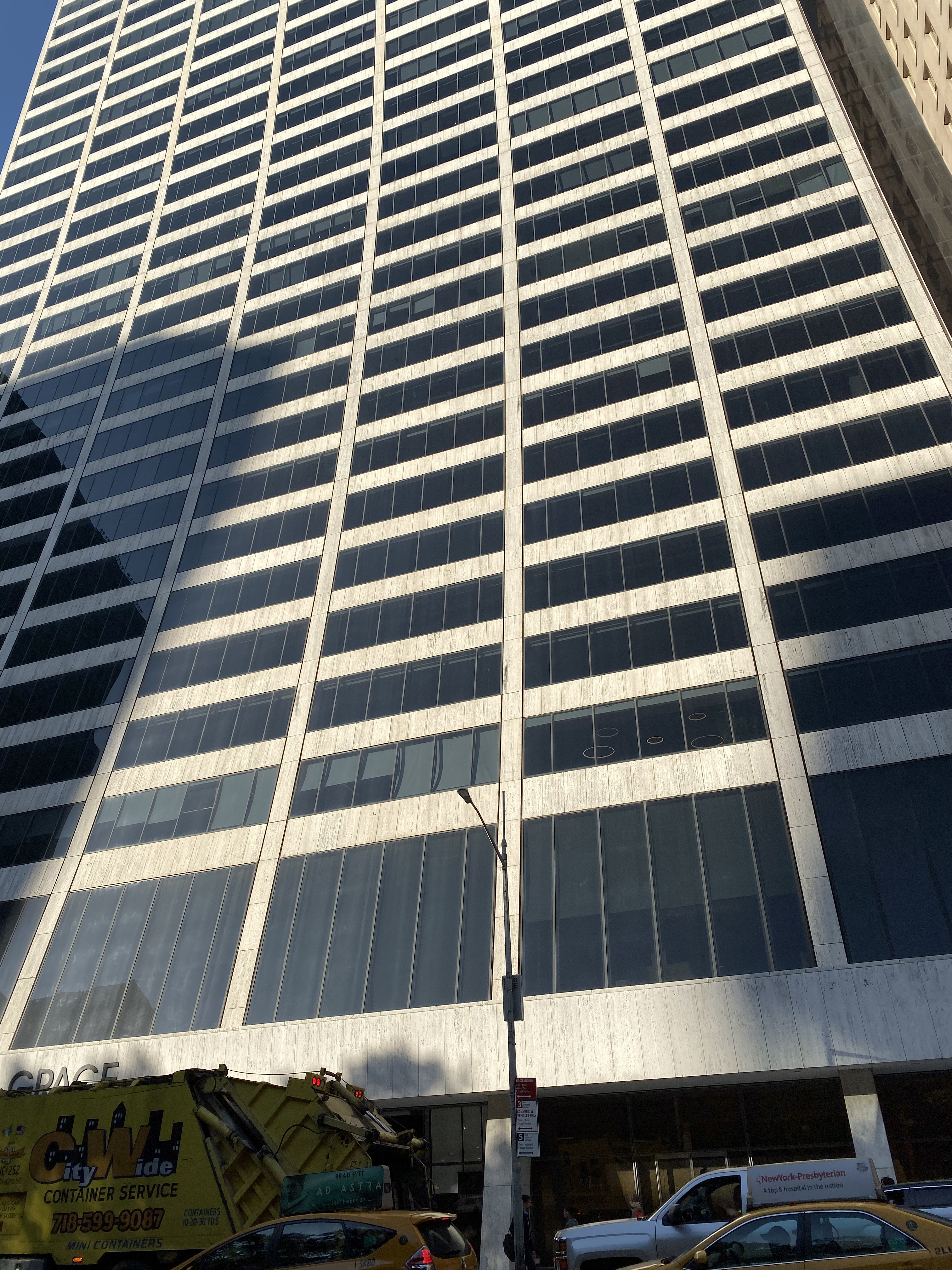
iPhone 11 Pro regular lens
Image 18 of 25
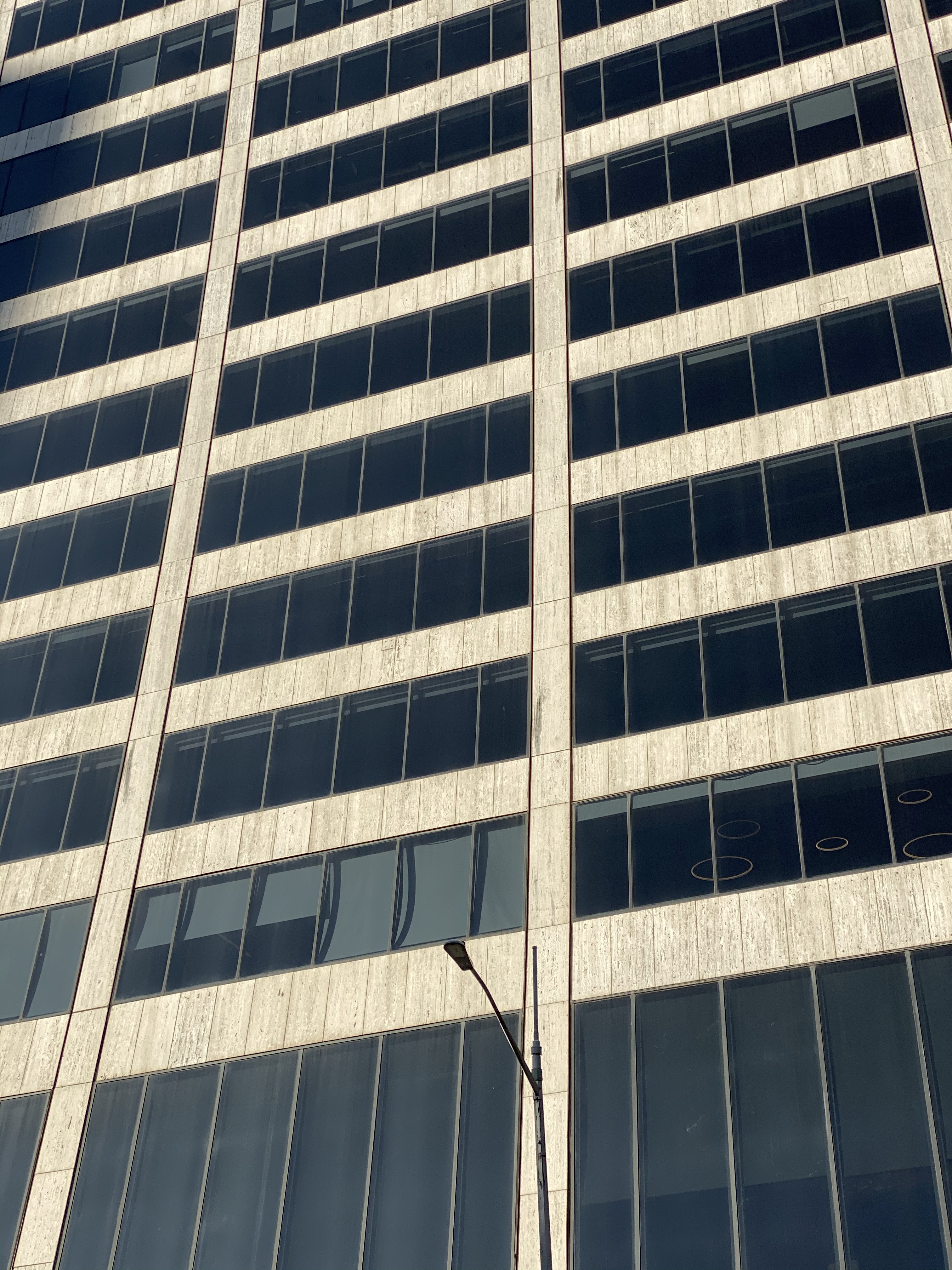
iPhone 11 Pro telephoto lens
Image 19 of 25
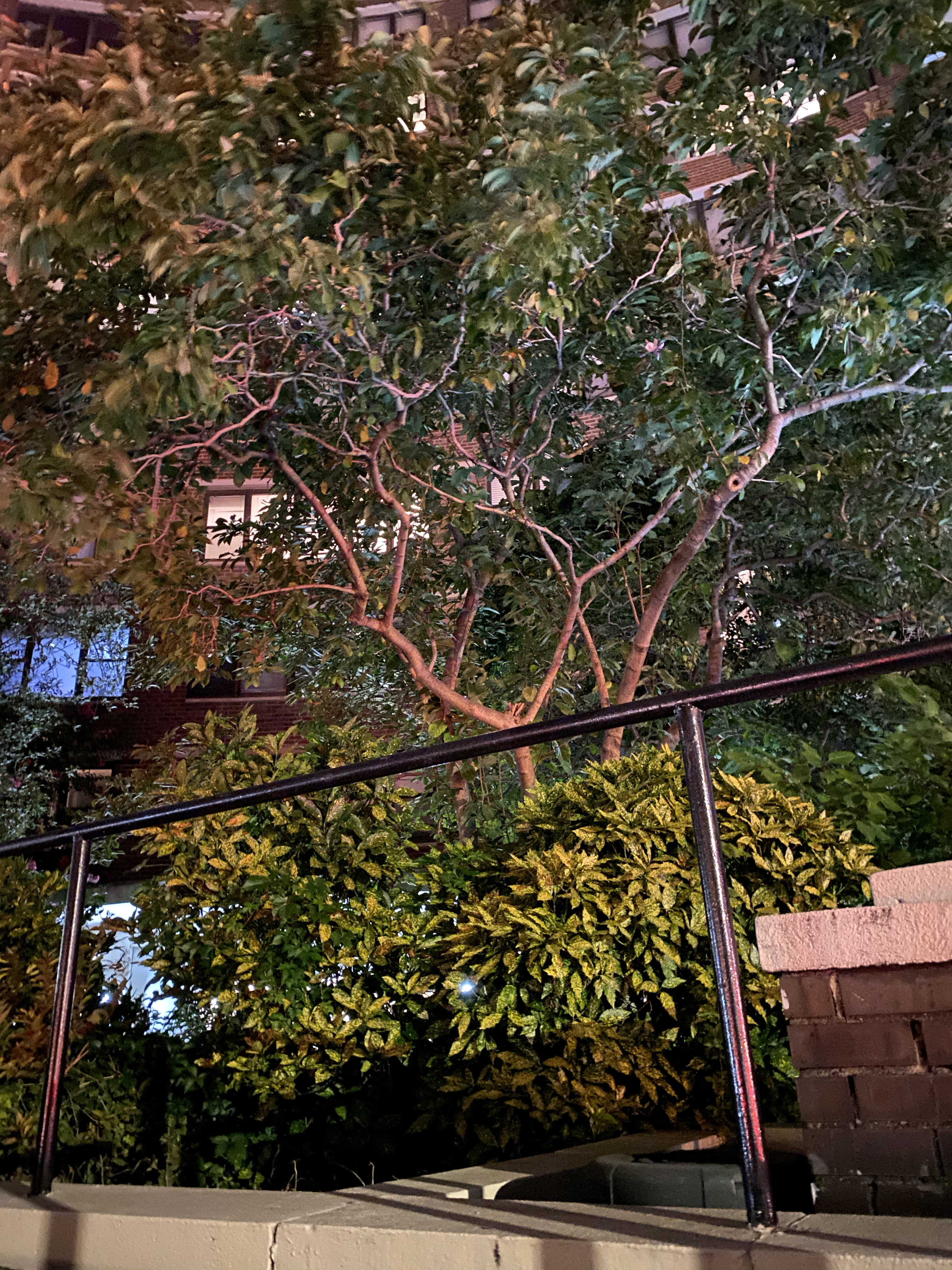
iPhone 11 Pro regular lens (with night mode enabled)
Image 20 of 25
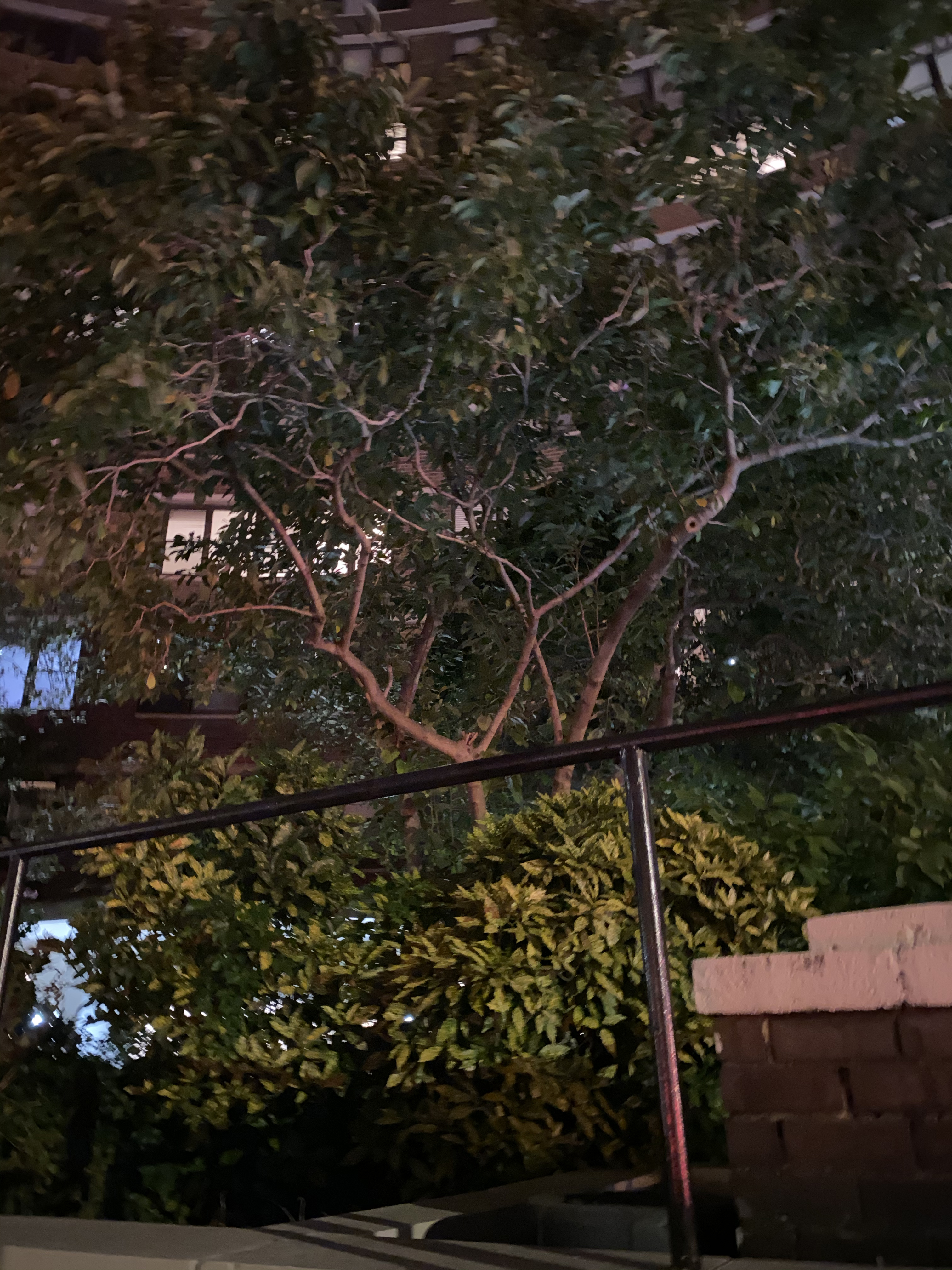
iPhone 11 Pro regular lens (without night mode enabled)
Image 21 of 25

iPhone 11 Pro regular lens (with night mode enabled)
Image 22 of 25
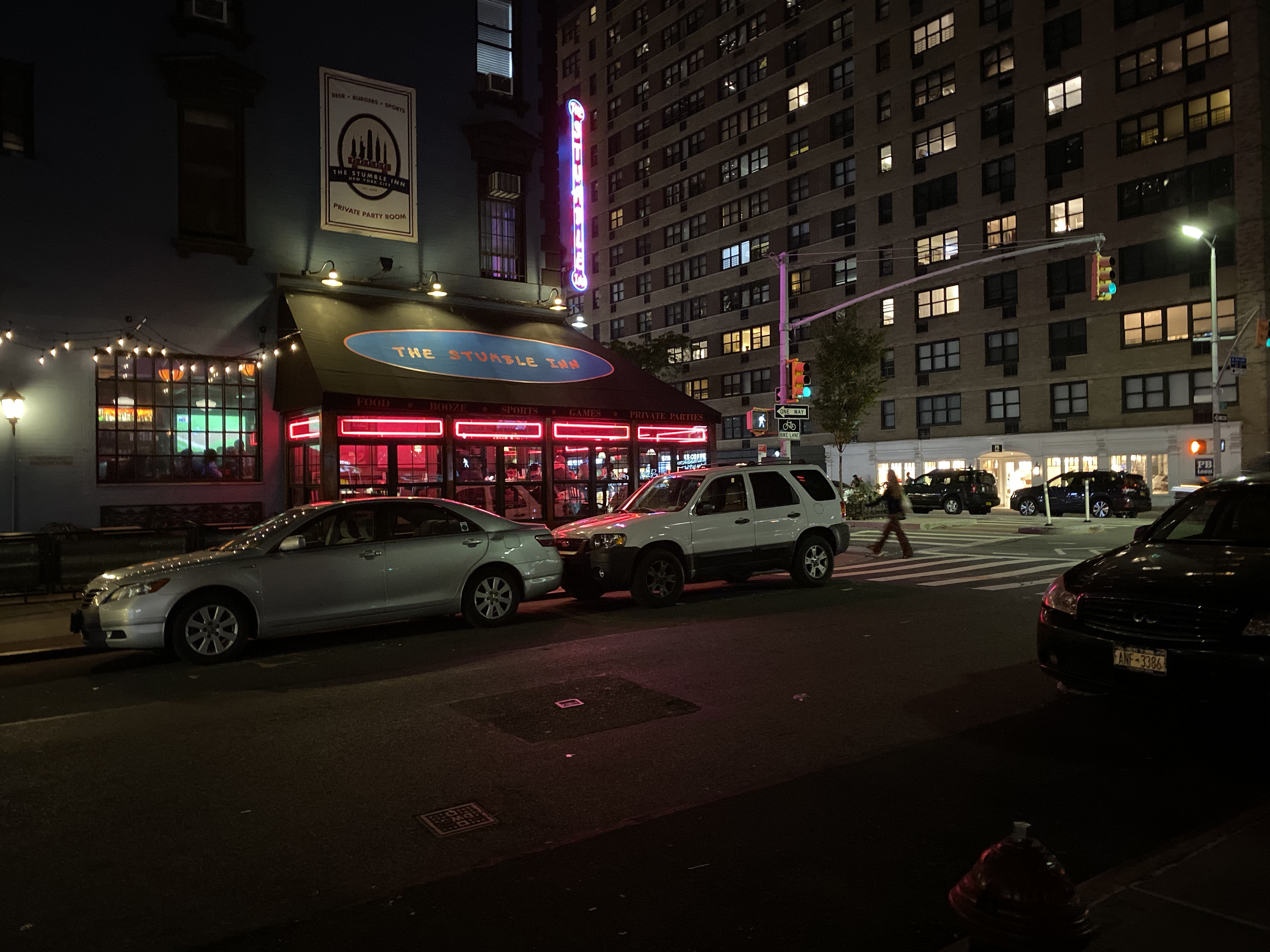
iPhone 11 Pro regular lens (without night mode enabled)
Image 23 of 25
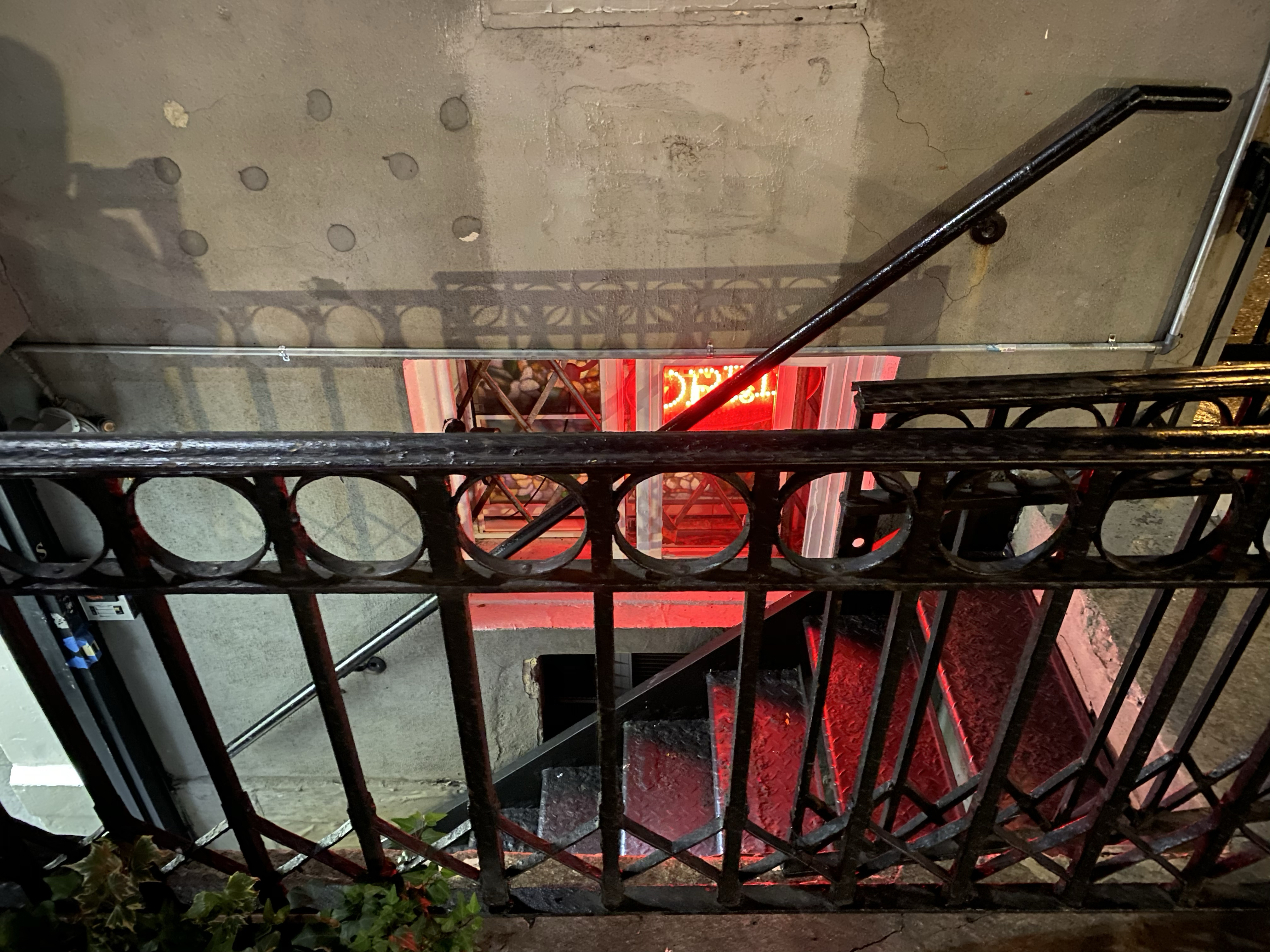
iPhone 11 Pro regular lens (with night mode enabled)
Image 24 of 25
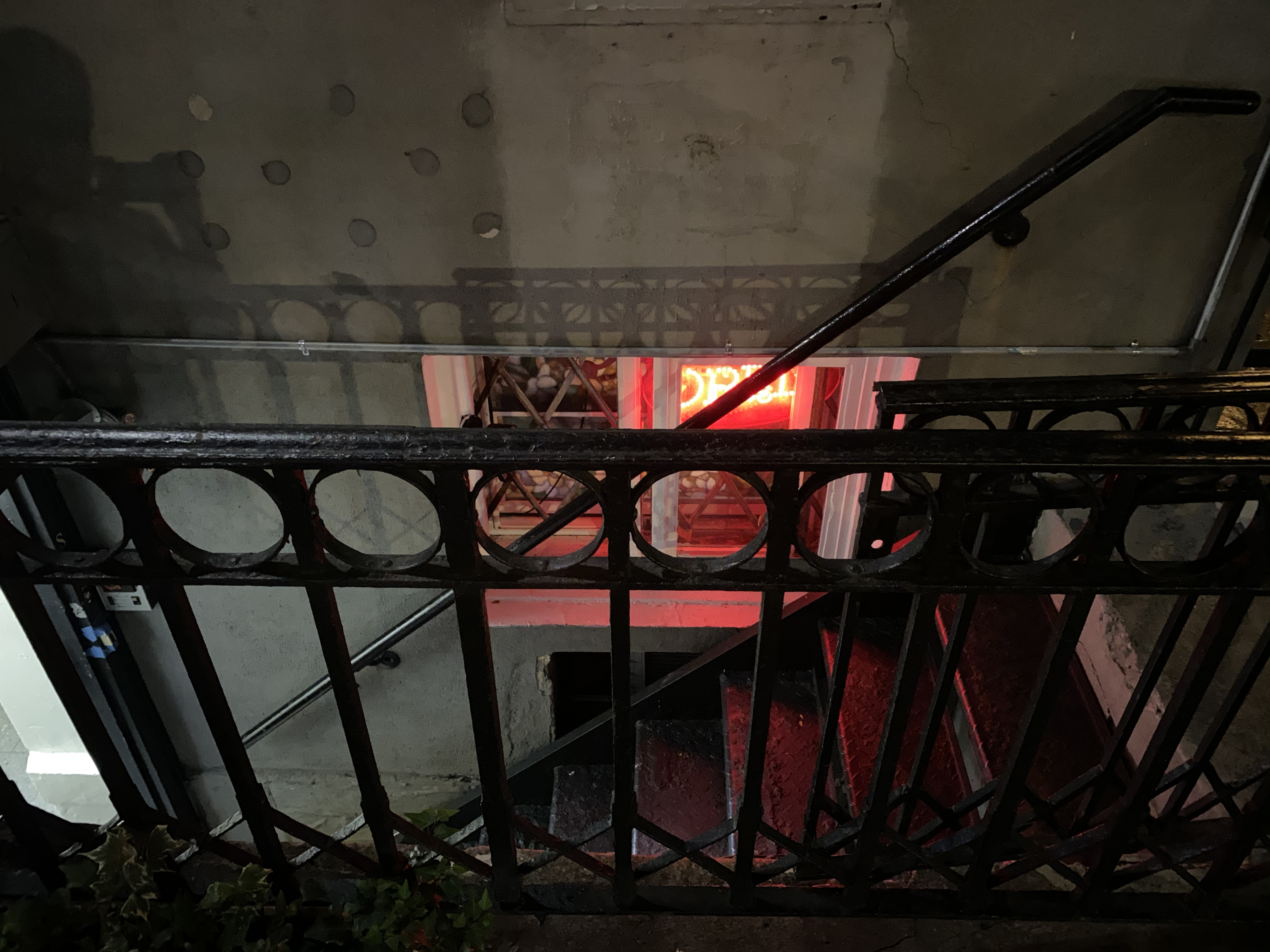
iPhone 11 Pro regular lens (without night mode enabled)
Image 25 of 25

Selfie camera
Night mode shines
Night mode is the single-greatest reason to upgrade to the iPhone 11 series if you're into photography after dark. It's baked into Apple's main photo mode, not a separate mode like we see on Android rivals, and that makes the feature wholly more useful.
The automatically applied long-exposure settings usually land between 2-5 seconds depending on how dark things are. It can dial up the exposure length to 30 seconds if your iPhone is on a tripod or resting against a wall. A blank night sky can become visible with stars with this mode.
The iPhone 11 Pro night mode is like turning on the lights in the middle of the night, with two caveats. It only works on the main 12MP camera, not the telephoto, ultra-wide or front camera, and subjects can't be moving rapidly. It works well for posing at a dimly-lit bar, but not when trying to capture sick dance moves at a wedding.
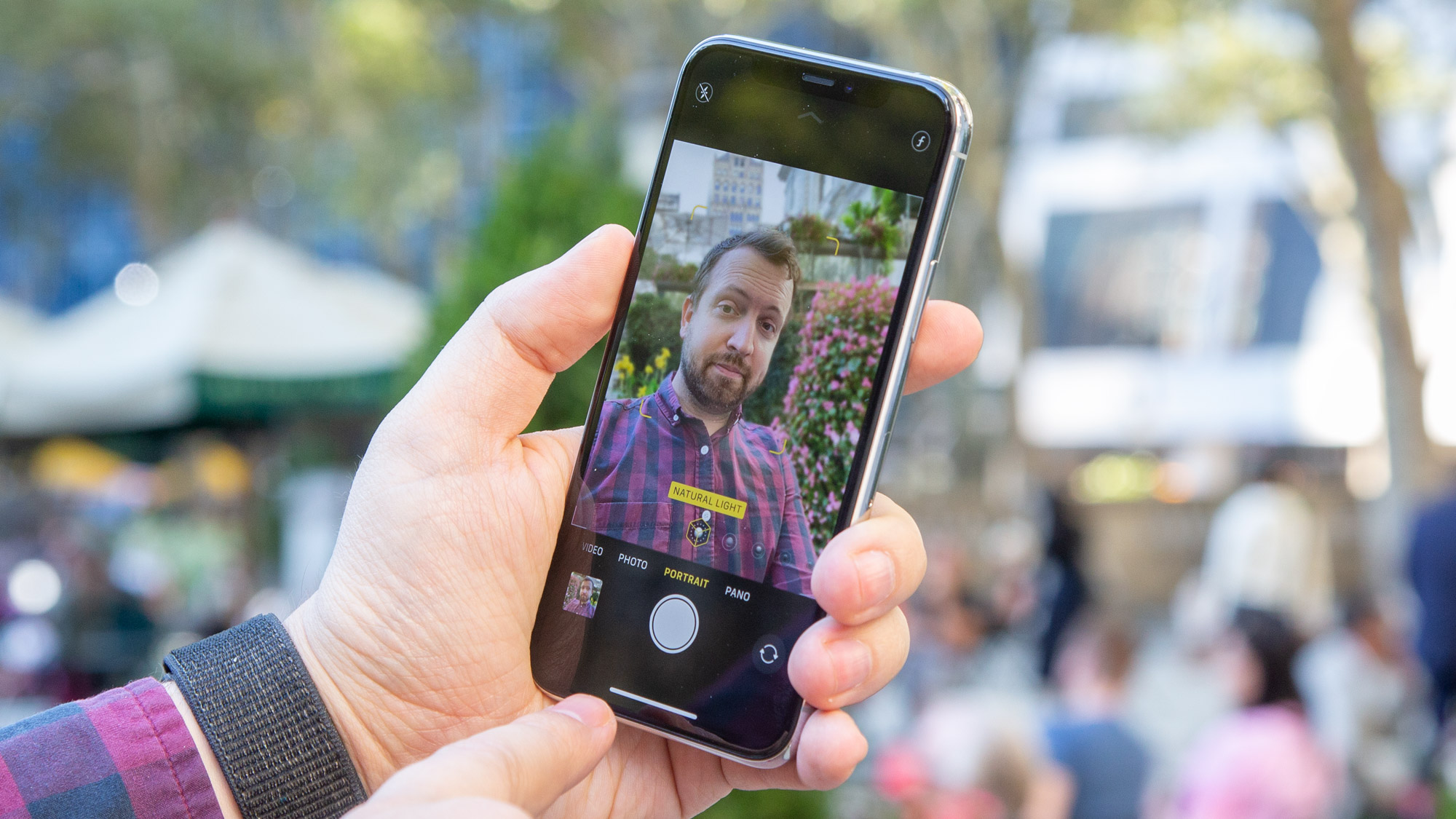
Front camera and video
It's fascinating to see how far along HDR has progressed when you snap a photo with the front-facing iPhone 11 Pro camera. It's 12MP (up from 7MP) and packs in a lot of detail. It could be brighter and we felt the need to tone down the warm colours at times when editing our pictures, but overall, this is an impressive upgrade.
Both front and back cameras record 4K video at 60fps (we've been waiting for 4K on the front camera for some time) and slo-mo video has finally come to the selfie cam. No, 'Slofies' wont change your life and they're not actually called that in the UI. But we did have some fun testing the feature at 120fps in 1080p. Know that you can get much slower 240fps 1080p video out of the main camera, though.
More important than frames per second are the two unsung heroes that make video look and sound good: Apple's cinematic video stabilisation keeps everything smooth while Audio Zoom hones in the voices or sounds of distant subjects as you zoom in, not things in the periphery. We found it to be better than the Samsung Galaxy Note 10 zoom-in mic feature.
Redesigned camera app – good and bad
The good
Apple redesigned its iPhone camera app, surfacing options to take photos in the 16:9 aspect ratio along with 4:3 (normal) and square (formerly a dedicated mode you'd always accidentally find yourself in). This has made capturing photos for TechRadar in the 16:9 format infinitely easier without the need to crop in post. Great start.
You can hold the shutter button from photo mode to quickly record a video (similar to Instagram and Snapchat interfaces), which makes transitioning between capturing photos and videos with one-hand a piece of cake. You can still take burst shots by sliding the shutter button to the left or keep recording video by sliding it right.
All iOS 13 devices have better editing tools across photos and videos, offering control sliders for sharpness, noise reduction, definition and tint. Best of all, Live Photos will remain intact after your edits, giving you one less reason to open Adobe Lightroom.
The not-as-good
Here's what we didn't like: the most obvious night mode button is at the top of the app with a fluctuating number visible, denoting long exposure time for current lightning conditions. Tap it and an intensity slider shows up along the bottom to change the exposure time. It requires enough thumb exercises that you'll be thankfully to have the smaller iPhone 11 Pro. There is a night mode button along the bottom – sometimes. It's only there when the options menu is displayed.
Apple's minimalist camera app design means you're going to have to toggle between modes and options along the bottom of the app with a swipe up or down on the screen. It's unintuitive because you can only go one way: swipe down to display modes, and up for options. There's a tiny arrow at the top of the screen to hint at which way to swipe, but it's not very obvious.
We're also missing ease-of-use features we love on Android phones:
- Being able to trigger a selfie photo with an open-hand gesture.
- Double tapping the sleep/wake button to quickly boot up the camera. Here it's a shortcut to Apple Pay and we routinely miss fleeting photos ops because of it.
- Flipping between the front and back cameras with a carefree swipe up or down. This essentially treats the screen as a big button you can swipe instead of tucking a camera flip button into the bottom-right corner and requiring a precision press.
- Even with some options surfaced in the app, you can't change from 4K video to 1080p or 30fps to 60fps without exiting the camera app and diving several menus deep into the system-wide Settings menu. Why?
There's more good to come, though. Apple's most recent software update brought a 'Deep Fusion' feature that takes nine exposures and fuses them into a single image after a bunch of machine learning and pixel-by-pixel processing.
We'll update our iPhone 11 Pro review when we've had the opportunity to test this feature properly,
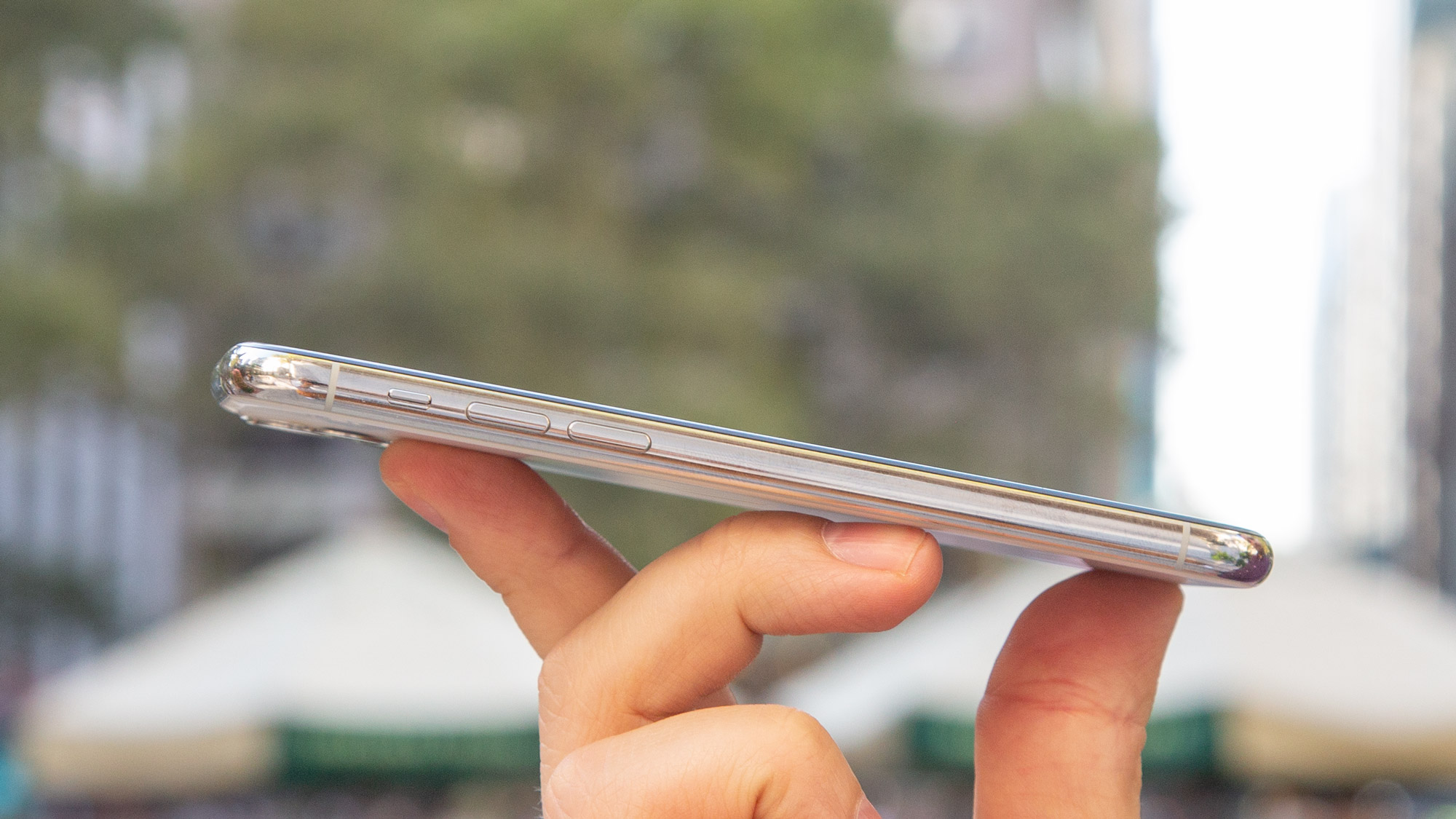
Design
iPhone 11 Pro specs
Weight: 188g
Dimensions: 144 x 71.4 x 8.1mm
OS: iOS 13
Screen size: 5.8-inch
Resolution: 2436 x 1125
CPU: A13 Bionic
Storage: 64/256/512GB
Battery: 4 hours longer than XS
Rear camera: 12MP + 12MP + 12MP
Front camera: 12MP
Waterproof:IP68
Headphone jack: No
The iPhone 11 Pro isn't here to wow you with an incredibly different design; it looks nearly identical to the iPhone XS before it and the iPhone X before that.
There is, however, a new frosted matte finish on back, which provides a subtle, but likable change from the ultra-smooth reflective glass we're used to seeing on iPhones. We found it to be a bit easier to grip the phone and hide smudges. It's the best-looking iPhone we've tested to date.
It's an upgrade that'll make you think twice about needing an iPhone case, especially if you have the iPhone 11 Pro in Midnight Green. That's this year's hot new color that shows off the fact that you do indeed have the new iPhone for 2019. Apple's plastic clear case may be the best solution for that. Other colors include Space Grey, Silver, and Gold, and all look different from prior iPhones thanks to the matte finish.
Is the TrueDepth camera notch still here? Yes. Does the rear triple-lens camera look funky? Also yes. But if this is your first nearly all-screen iPhone, know that it's easy to ignore the notch screen cutout, as much as we'd like it to go away, and we'd rather have a triple-lens camera eyesore (it's not that bad, really) in exchange for much better photos.
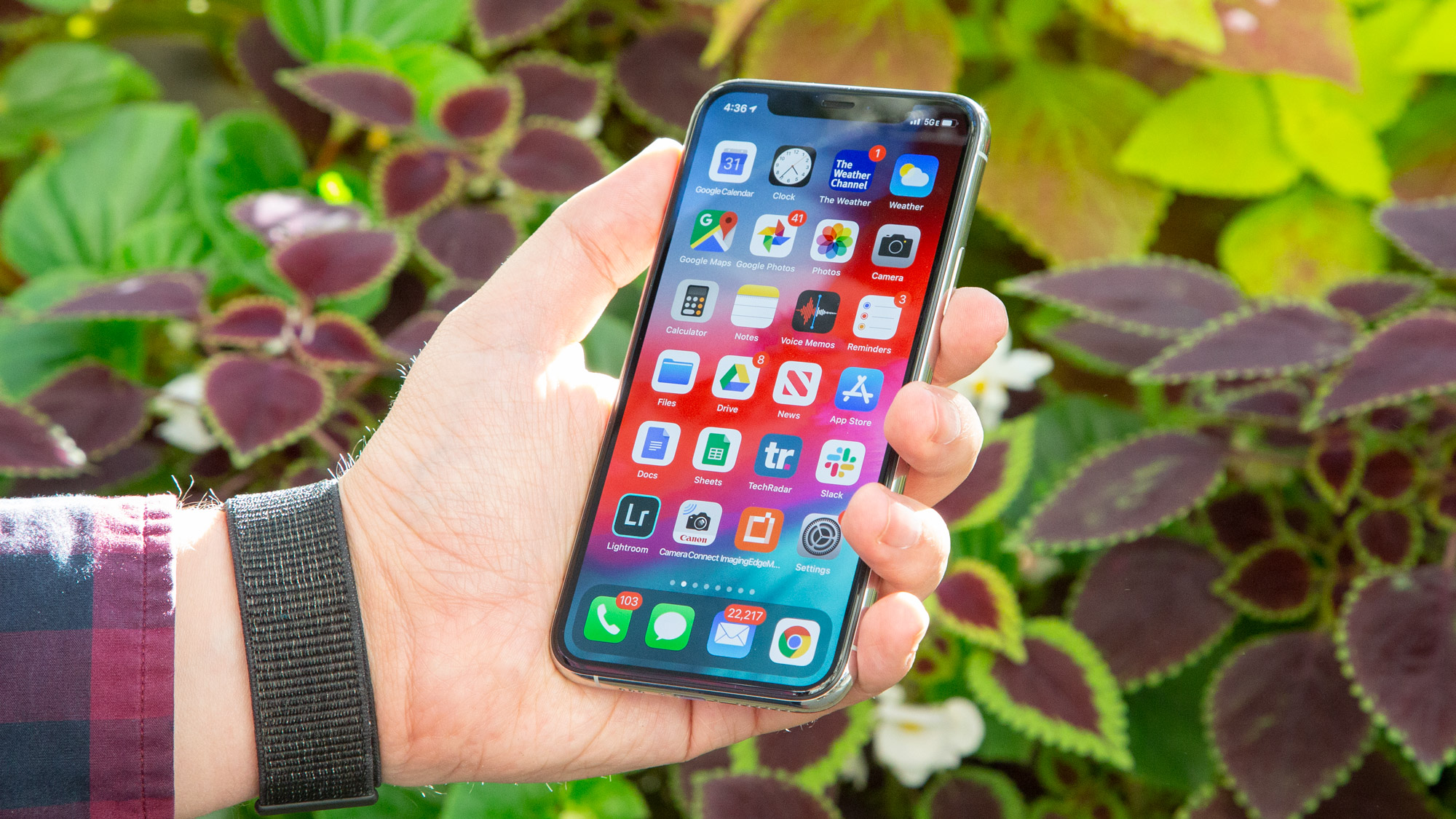
Display
Even with the unchanged 5.8-inch screen size, the iPhone 11 Pro display has been re-worked to be brighter, and it's noticeable when viewing the phone outdoors in sunny conditions. Its maximum brightness reaches 800 nits with normal content onscreen.
That's taken to another level when viewing HDR video content, with Apple claiming a max brightness of 1200 nits. Its returning support for Dolby Vision and HDR10 video is best viewed at 100% brightness. Watching an iTunes movie revealed new detail while maintaining deep black colors in scenes.
While Dolby Vision and HDR10 have been supported since the iPhone X, the library of HDR content has grown in the last two years. We're also treated to Dolby Atmos sound on the iPhone 11 Pro, simulating surround sound from the stereo speakers. This is great for those rare times you're not using your AirPods.
The larger iPhone 11 Pro Max offers a better viewing experience at 6.5 inches, which is also a 'Super Retina XDR display,' but there's something to be said about the one-hand-friendly 5.8-inch iPhone 11 Pro (the new small). We enjoyed being able to reach all corners of the screen with ease.
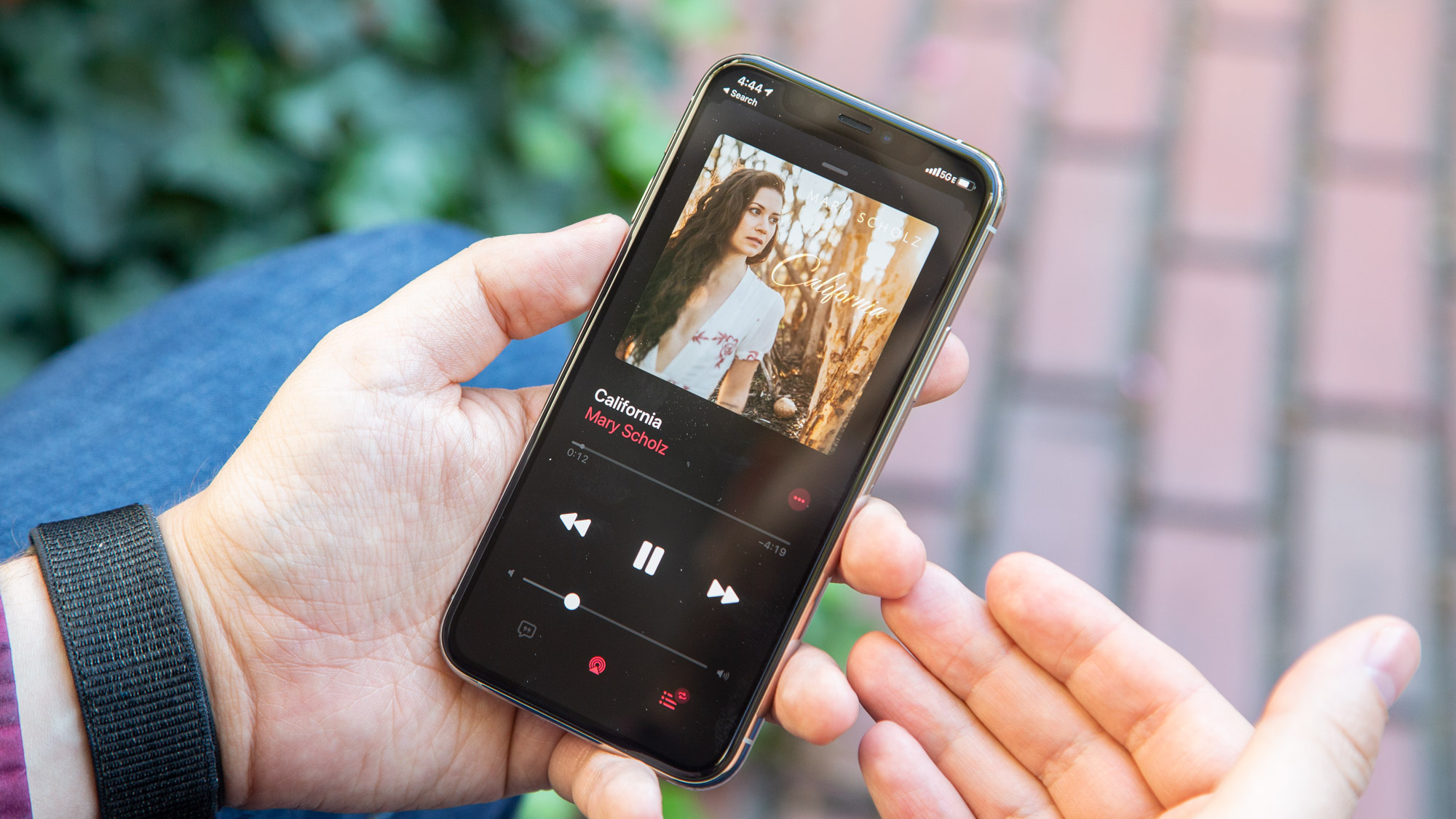
iOS 13 and performance
We've gone into great detail about iOS 13 features on our explainer page, and a lot of the changes are consistent on the iPhone 11 Pro, save for the extra camera app functionality on the new iPhones.
The standout tweak is Dark Mode, which inverts interface colors to tone down on the bright white and light gray themes in exchange for black and dark gray menu hues. It's a convincing reason to finally upgrade your iPhone if you're stuck on the iPhone 5S or iPhone 6, which won't get updated beyond iOS 12.4.1.
Photo editing tools are far superior, the QuickPath keyboard allows you to trace out words without lifting a finger, the Reminders app has been overhauled, and the Find My app is a worthy combination of Find My iPhone and Find My Friends. Everything is wholly better, even if 3D Touch peek-and-pop hard presses have been replaced by more generic long presses. You'll get used to that.
Apple's A13 Bionic chipset makes unsurprising gains, offering performance you won't find on Android phones. Every new phone is snappy in the beginning, sure, but we found video editing and exporting to be noticeably faster on the iPhone 11 Pro.
We did notice some slowdown in booting up the camera app – although it could be an iOS 13 problem more than an issue with the A13's performance. Our Geekbench 5 benchmarking score tells us that it's the fastest phone around along with the iPhone 11 Pro Max, with a multi-core score of 3,431.
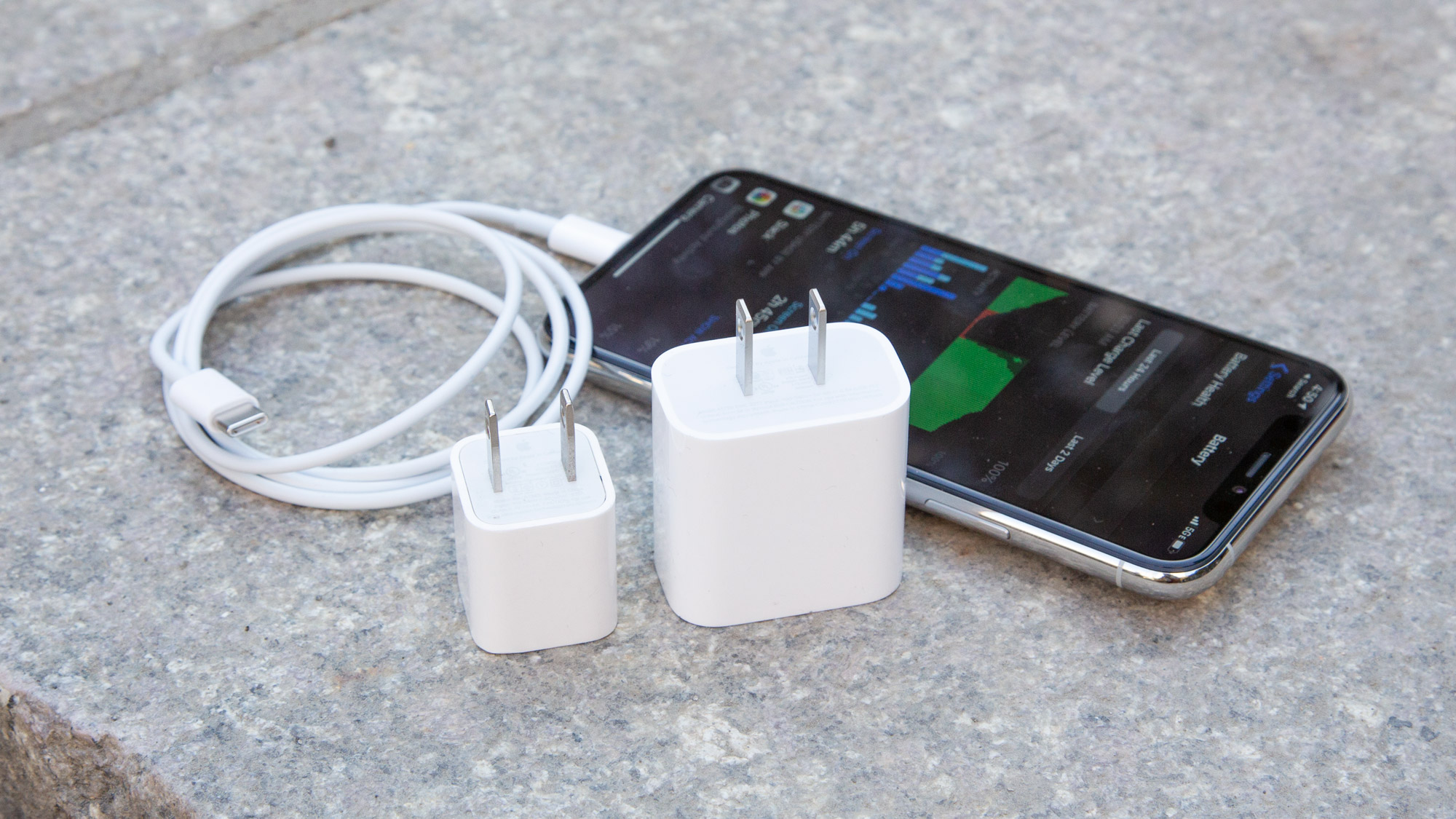
Battery
The iPhone 11 Pro battery consistently lasted us more than a day during our testing, often stretching close to a day and a half, even with heavy use. When enabled, the iOS 13 low-power mode really extends the life of this battery.
Apple claimed that the iPhone 11 Pro can last four hours longer than the iPhone XS, and true enough, we did see a noticeable increase over last year's 5.8-inch phone. But the bigger the phone, the larger the battery Apple is able to fit in; the 6.1-inch iPhone 11 and 6.5-inch iPhone 11 Pro Max lasted longer.
We made a conscious decision last year to favor the iPhone XS Max for its battery life over the iPhone XS, but that's not as big of a deal here. Apple eliminated 3D Touch to fit in a bigger battery and the new display has more efficiency, so we're able to recommend this smaller iPhone to power users without hesitation.
The fact that the 18W charger and lightning-to-USB-C cable are included in the box is a big deal. Our iPhone 11 Pro went from 0% to over 50% in 30 minutes, whereas the old 5W charger, which hung around for far too long, took forever to reach this point.
We're still dealing with slow 7.5W wireless charging speeds, and the rumored reverse wireless charging feature never panned out as a way to charge your Apple Watch or AirPods from the back of the iPhone 11 Pro. There's always hope for the iPhone 12.
Buy it if..
Don't buy if...
First reviewed: September 2019
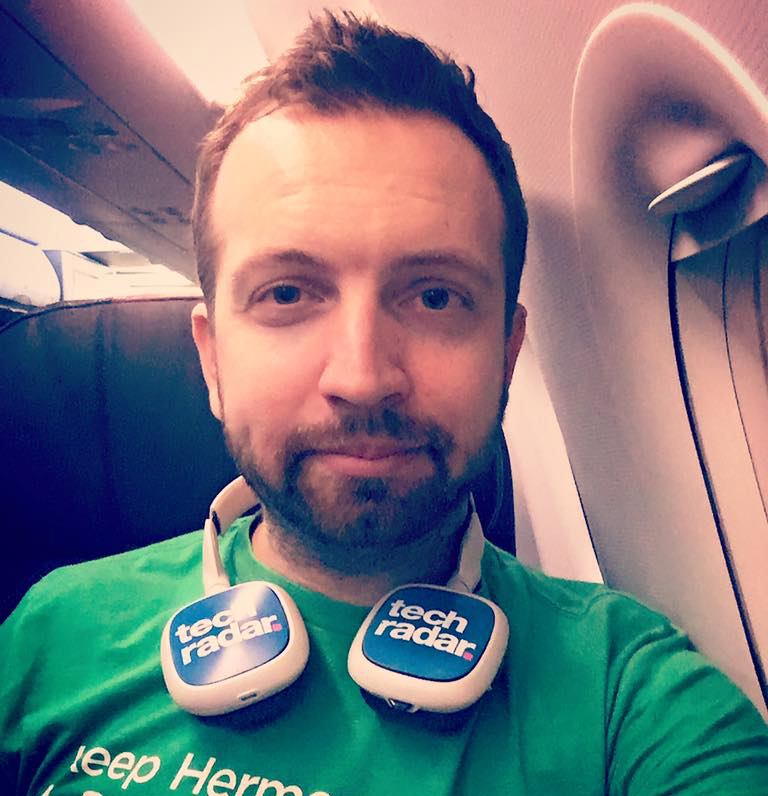
Matt Swider is TechRadar's gadget-savvy, globe-trotting US Editor-in-Chief who leads the US team in New York City. He began his tech journalism career all the way back in 1999 at the age of 14, and first started writing for TechRadar in 2012. He's tested over 1,000 phones, tablets and wearables and commands a Twitter account of 777,000+ followers. Matt received his journalism degree from Penn State University and is never seen without his TechRadar headphones.US Editor-in-Chief
iphone 8 vs 11 pro
Source: https://global.techradar.com/en-za/reviews/iphone-11-pro-review-za
Posted by: coxouthad.blogspot.com

0 Response to "iphone 8 vs 11 pro"
Post a Comment